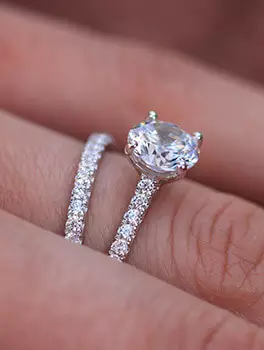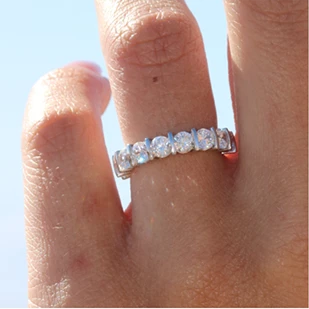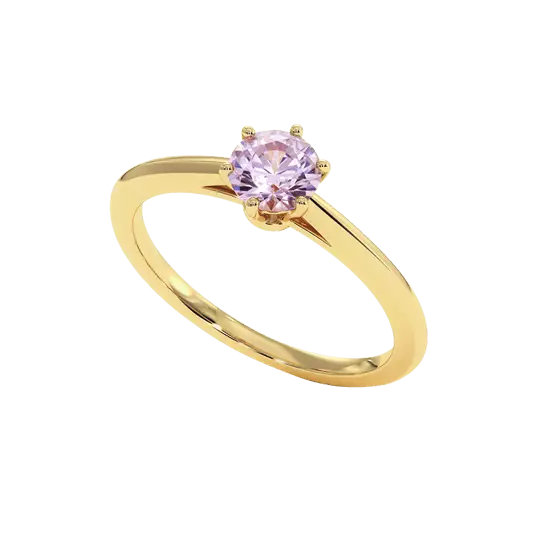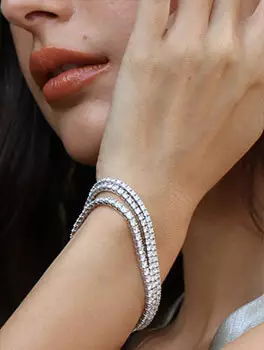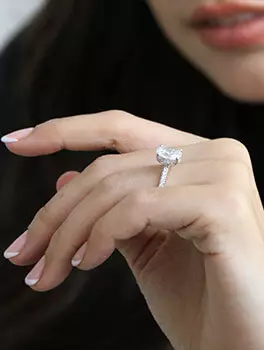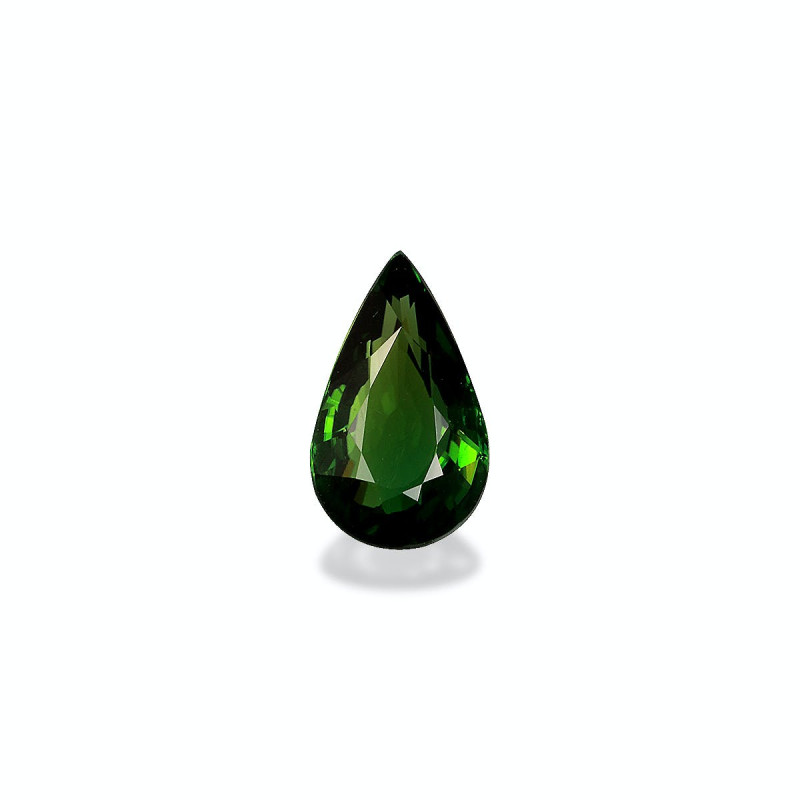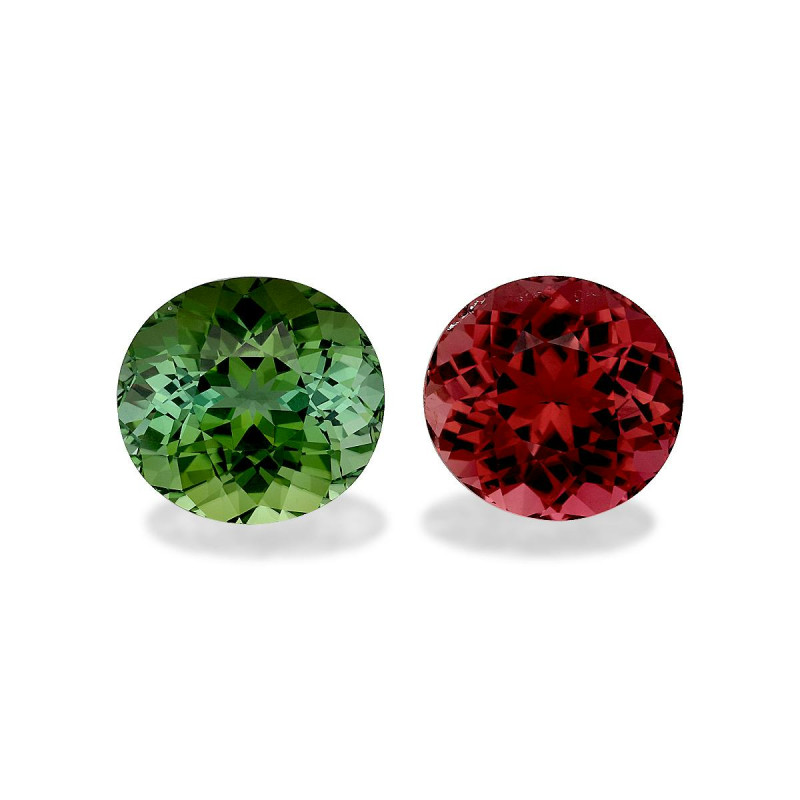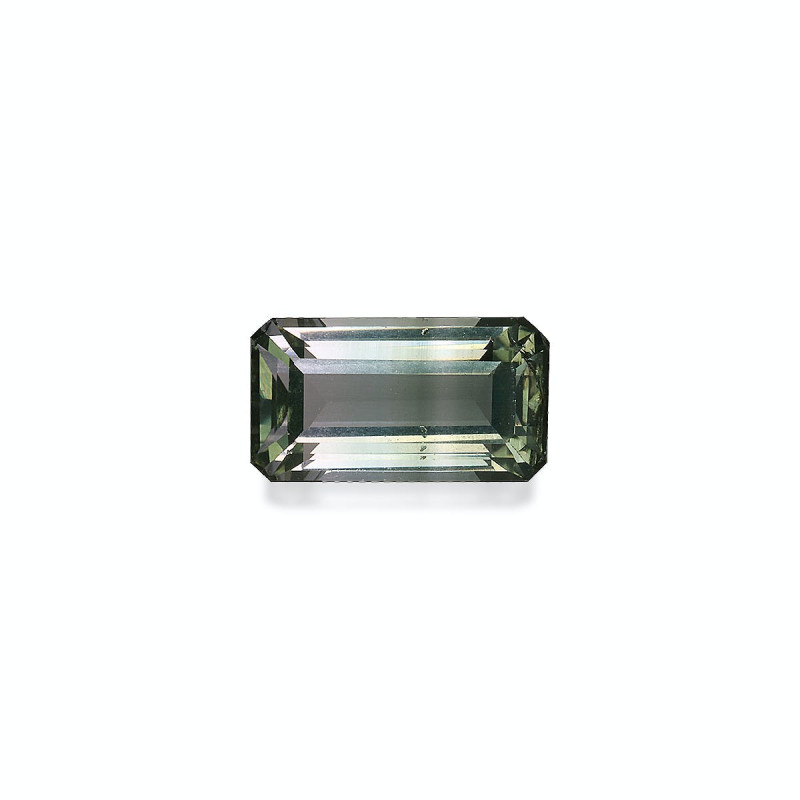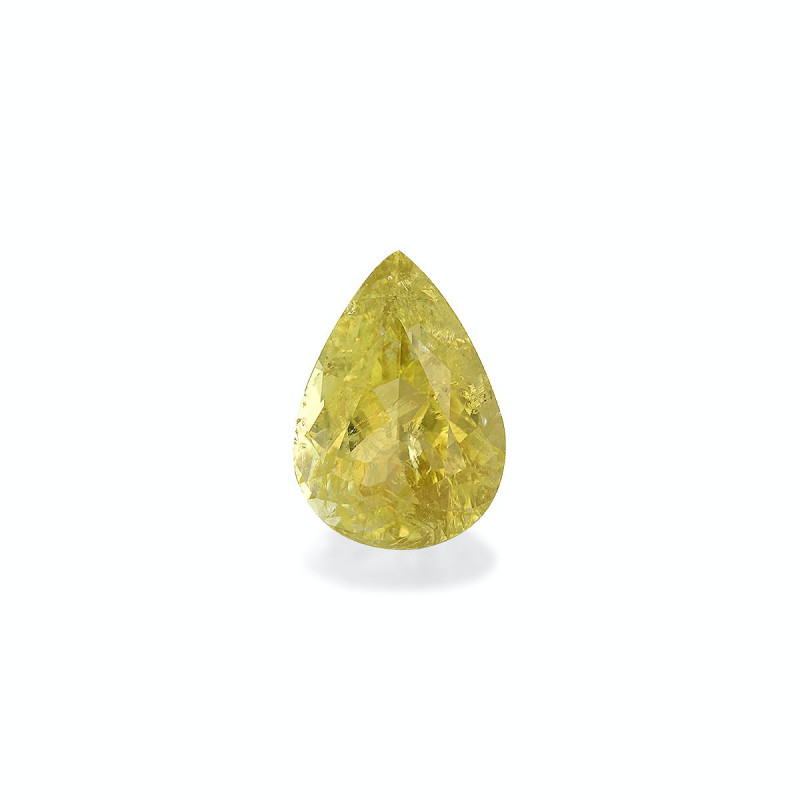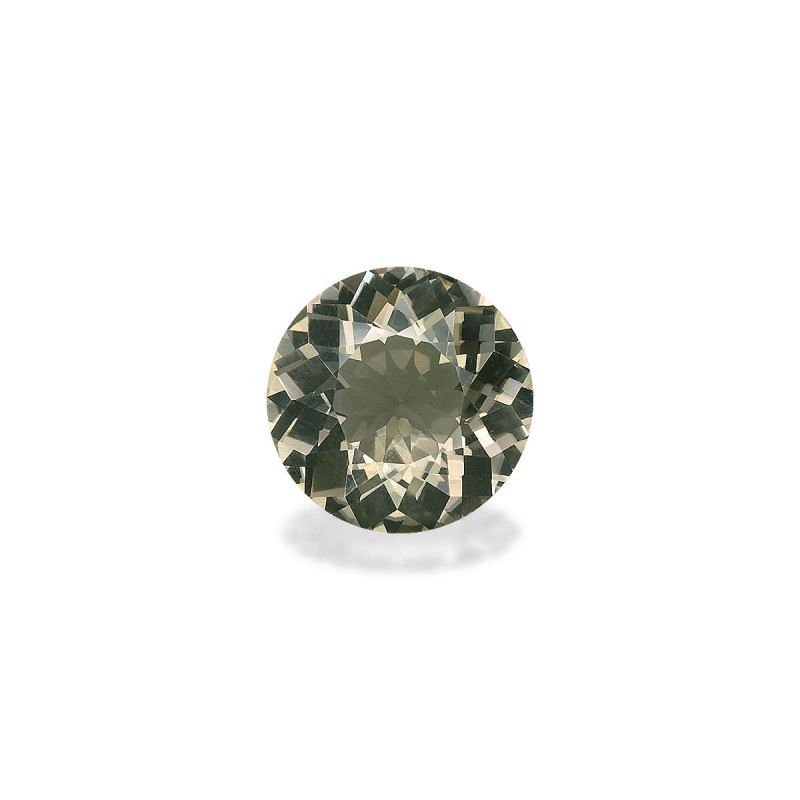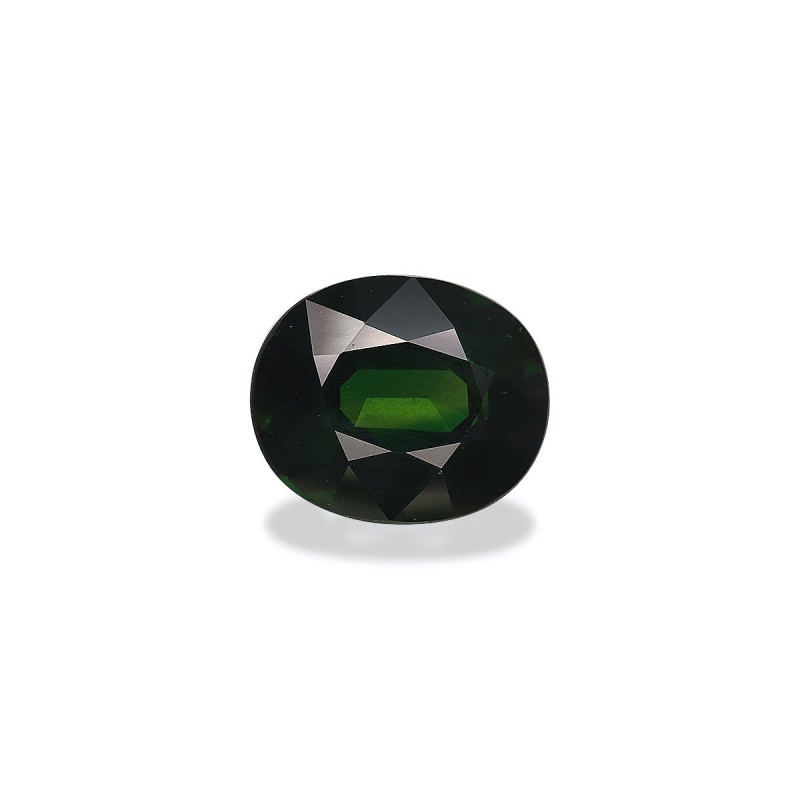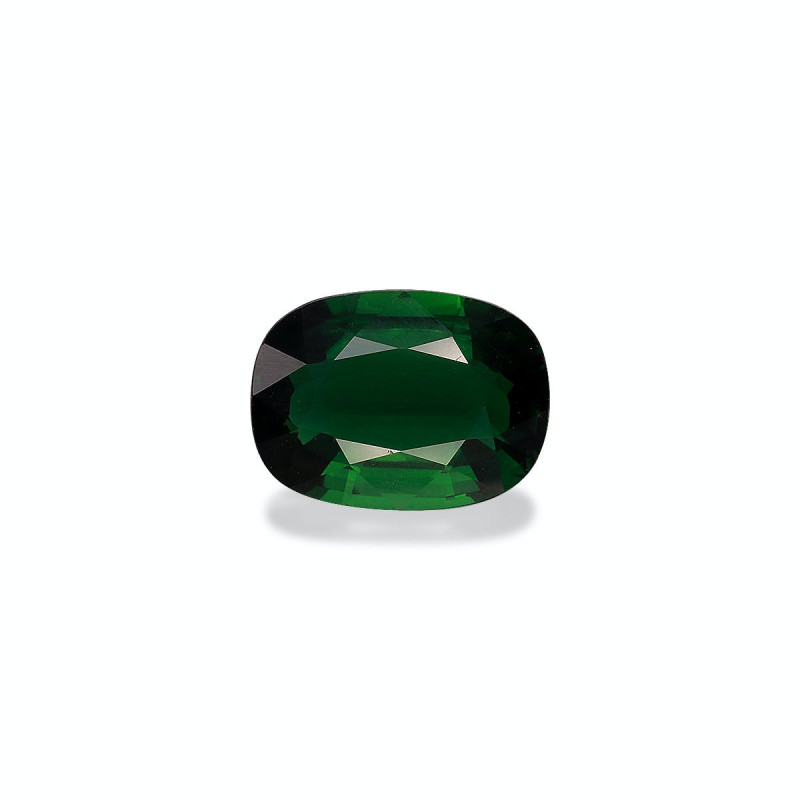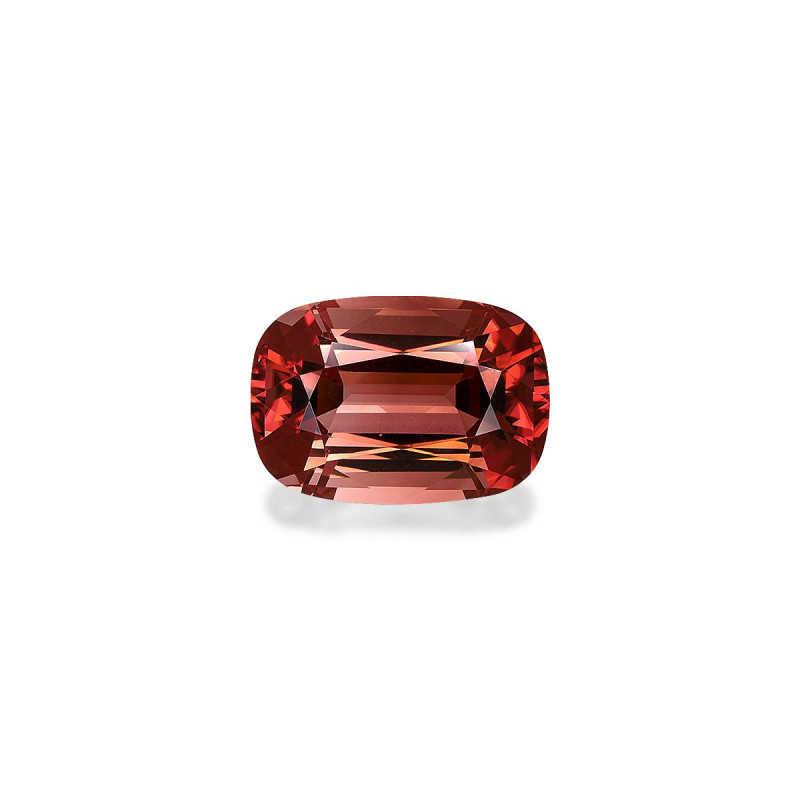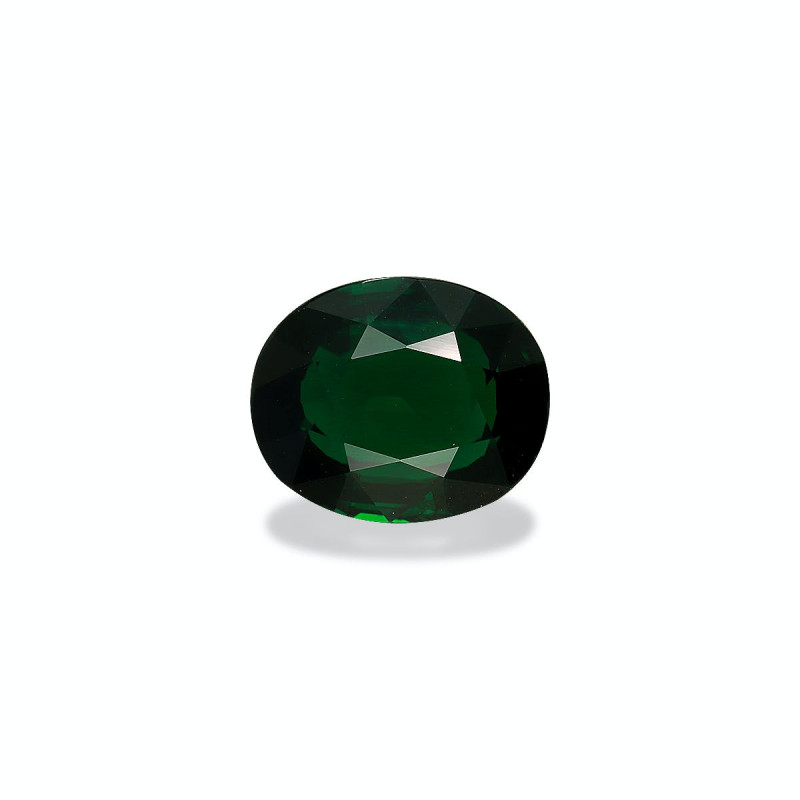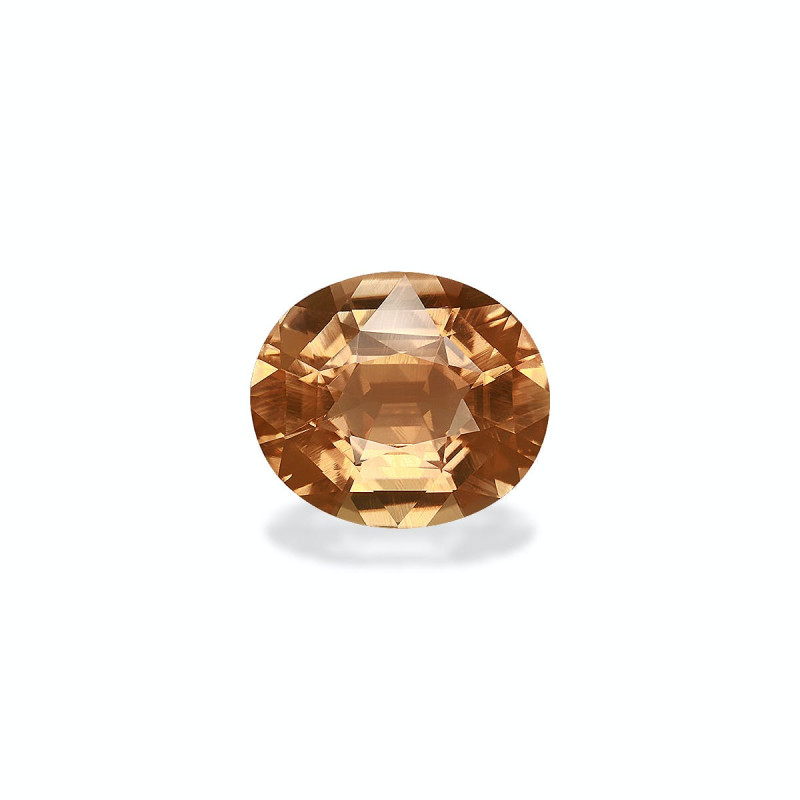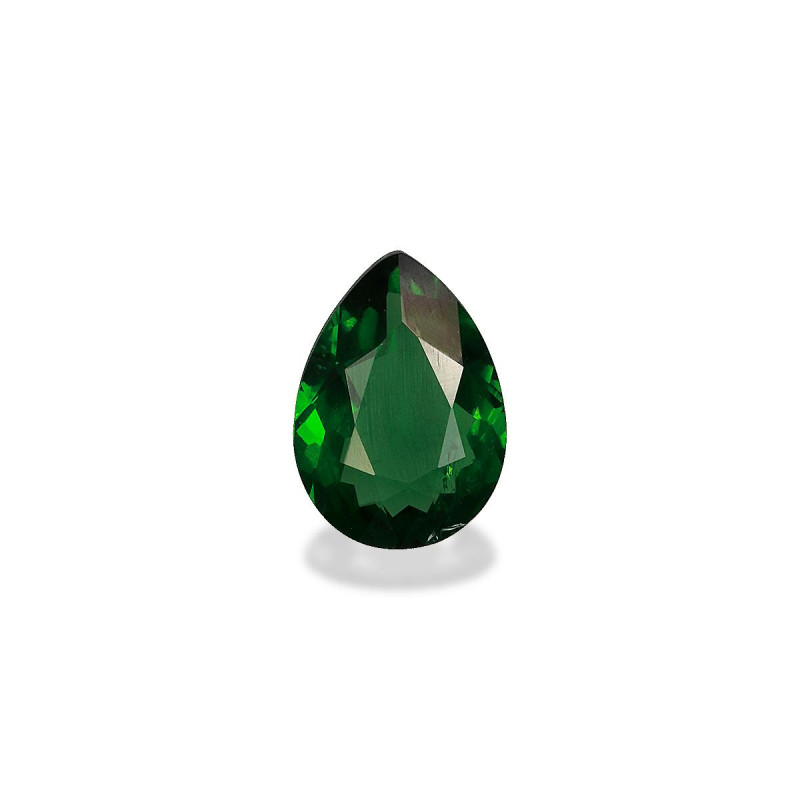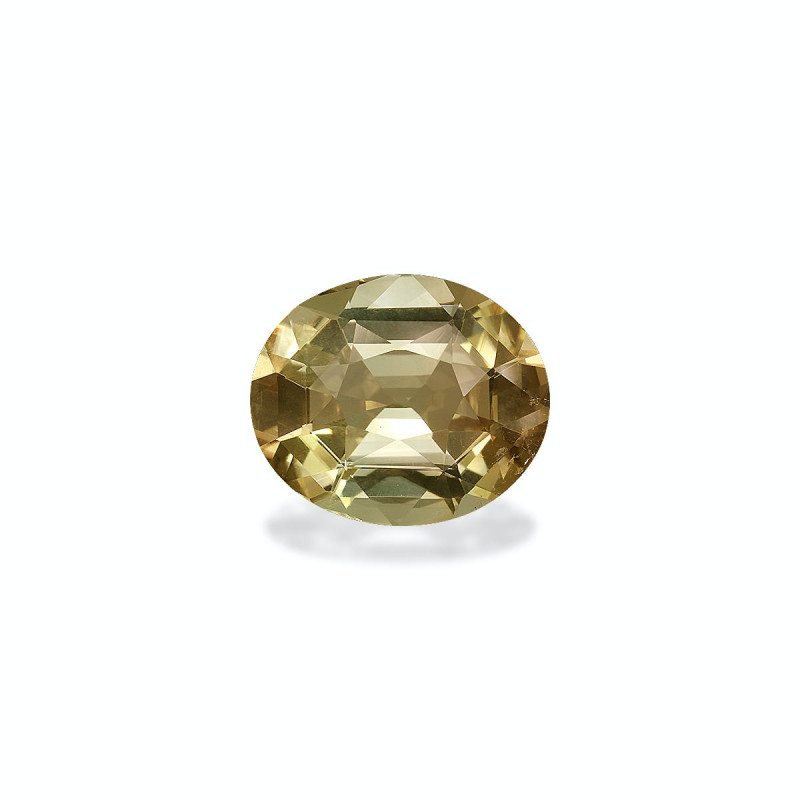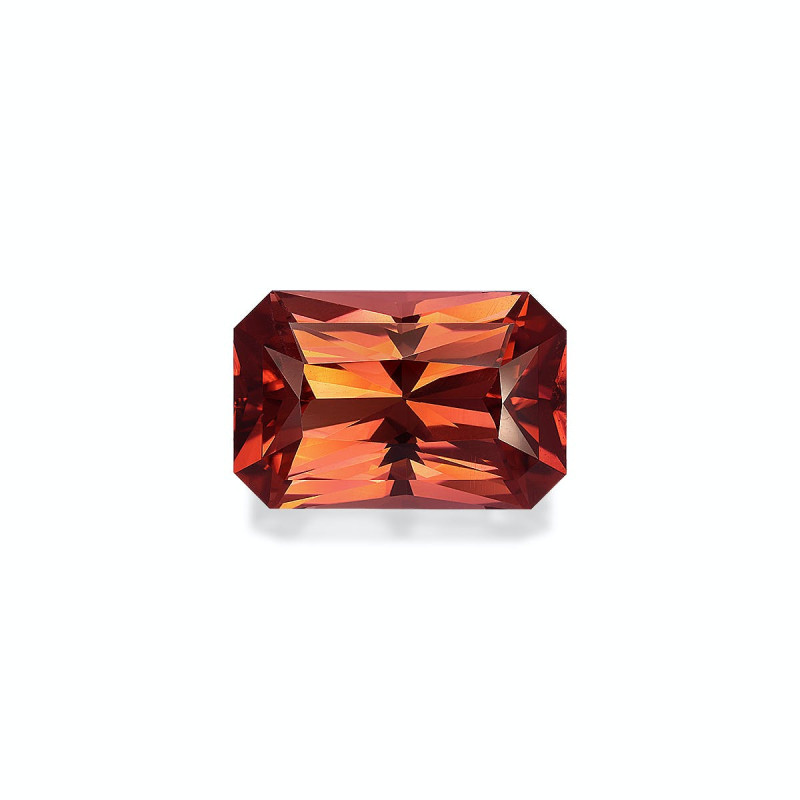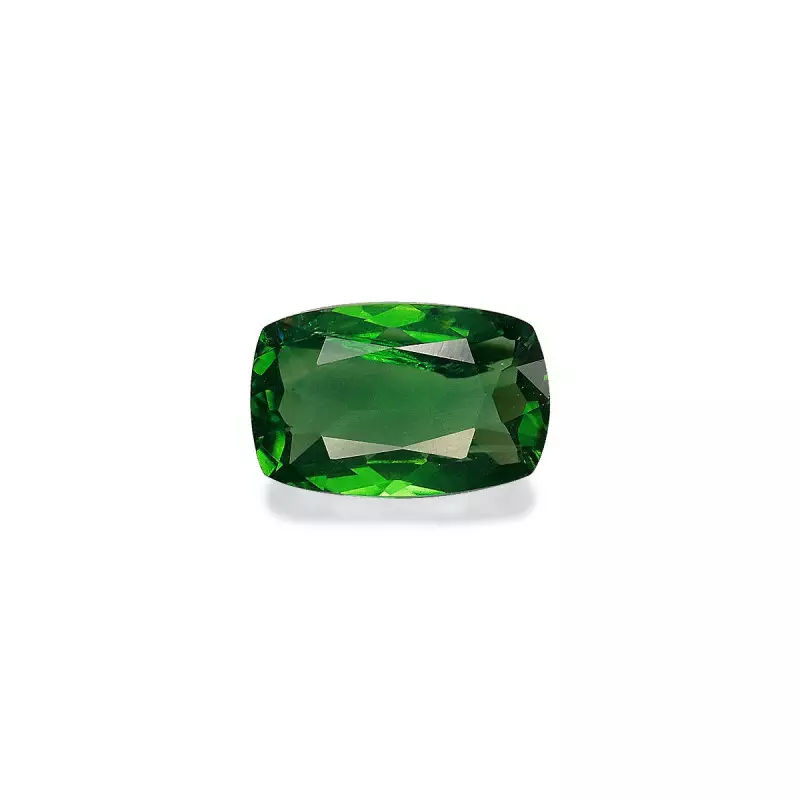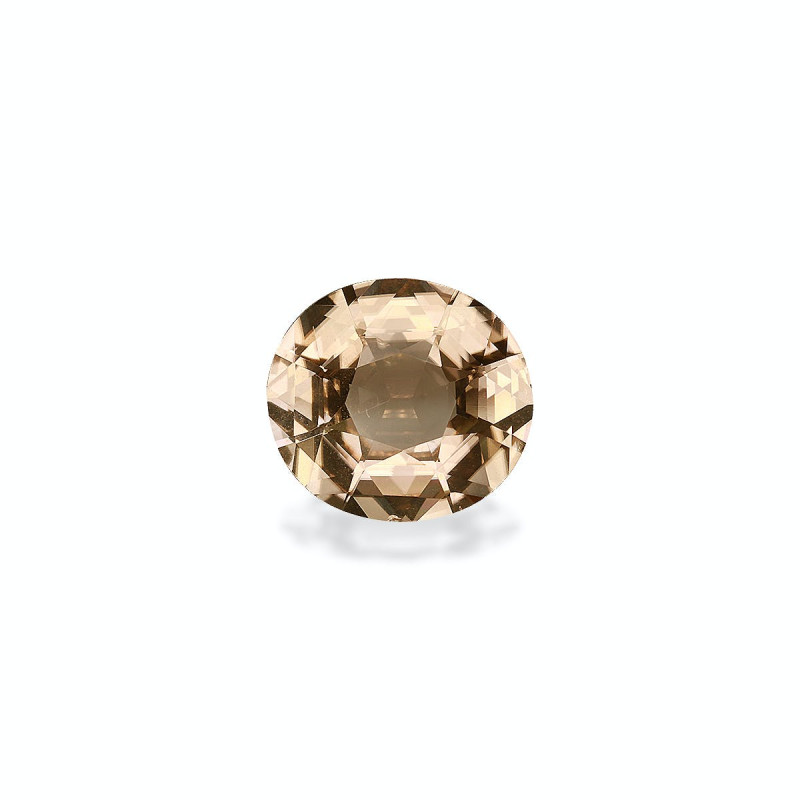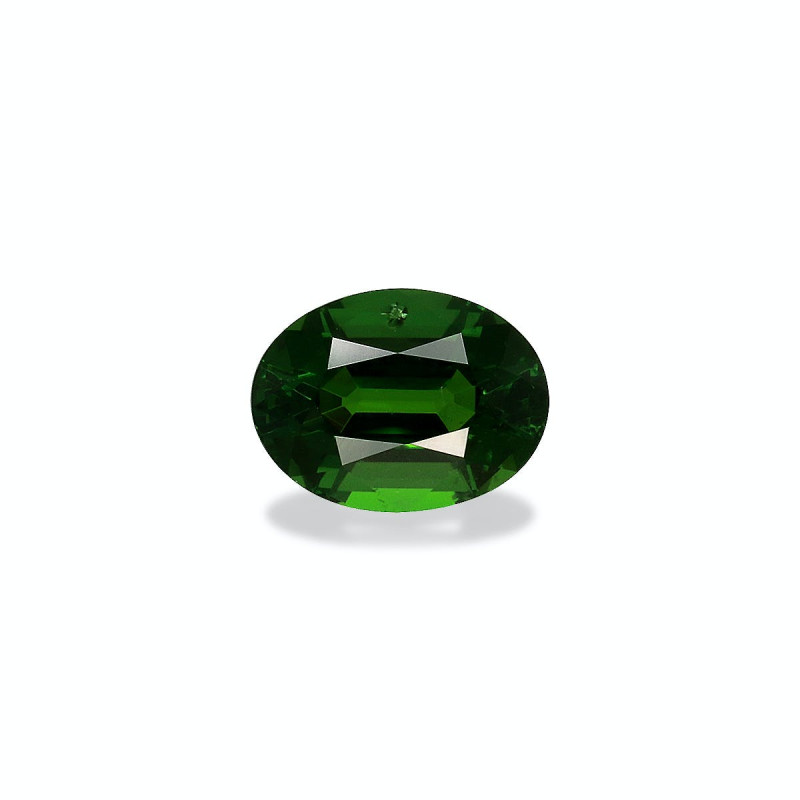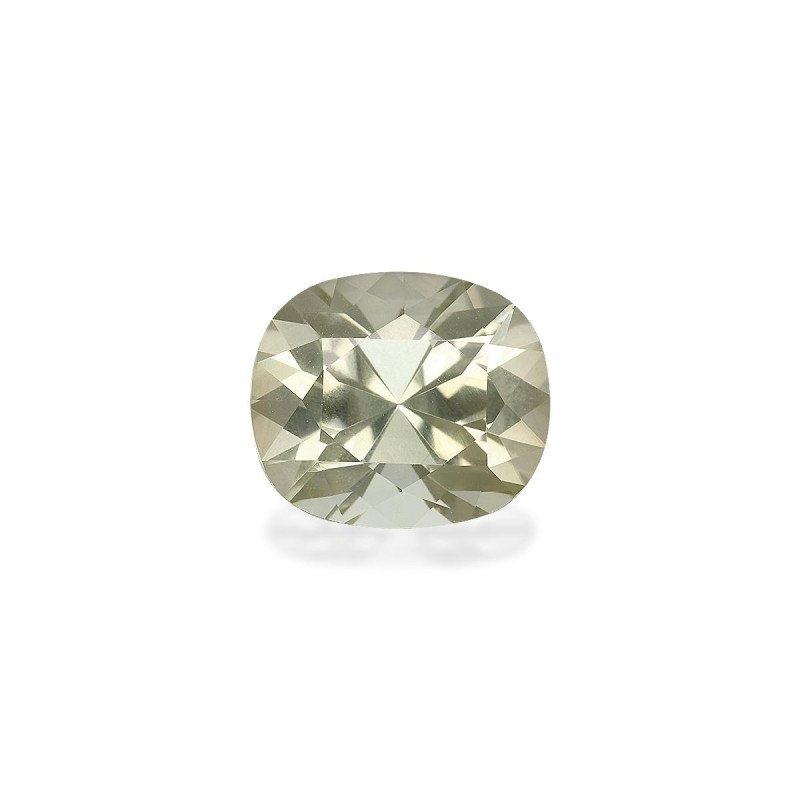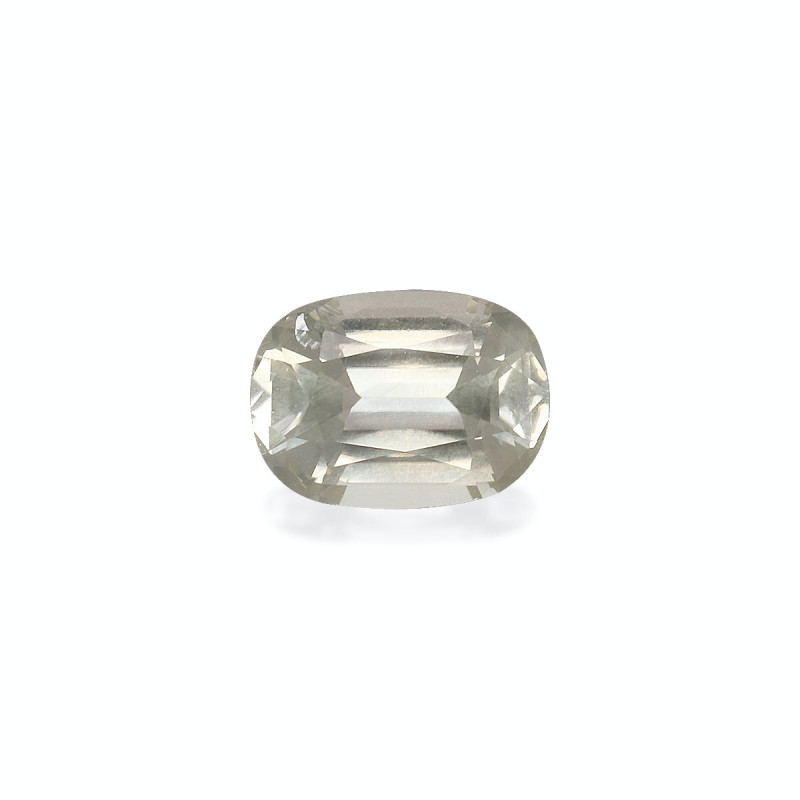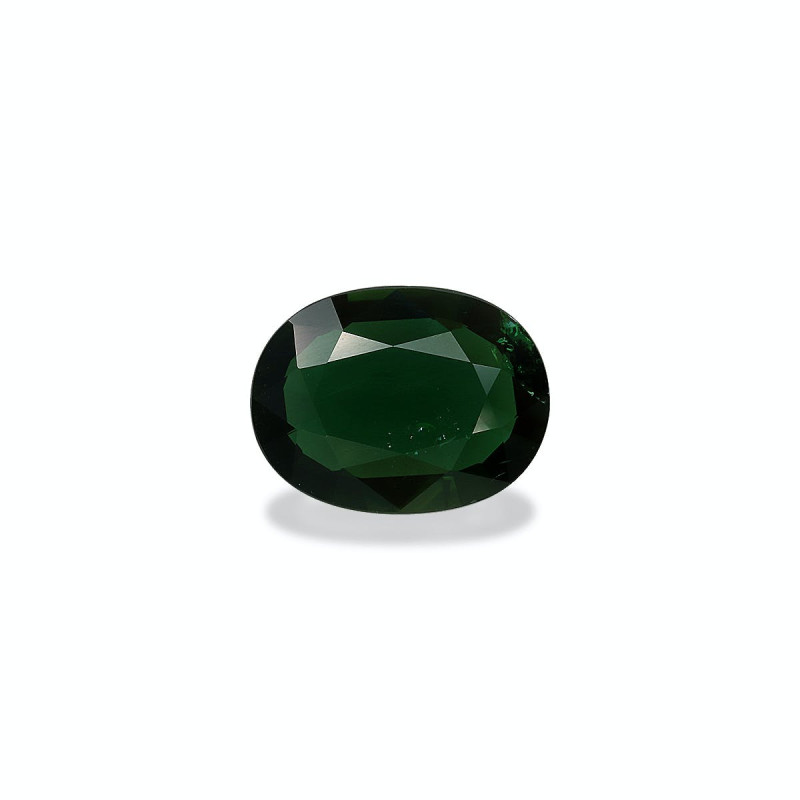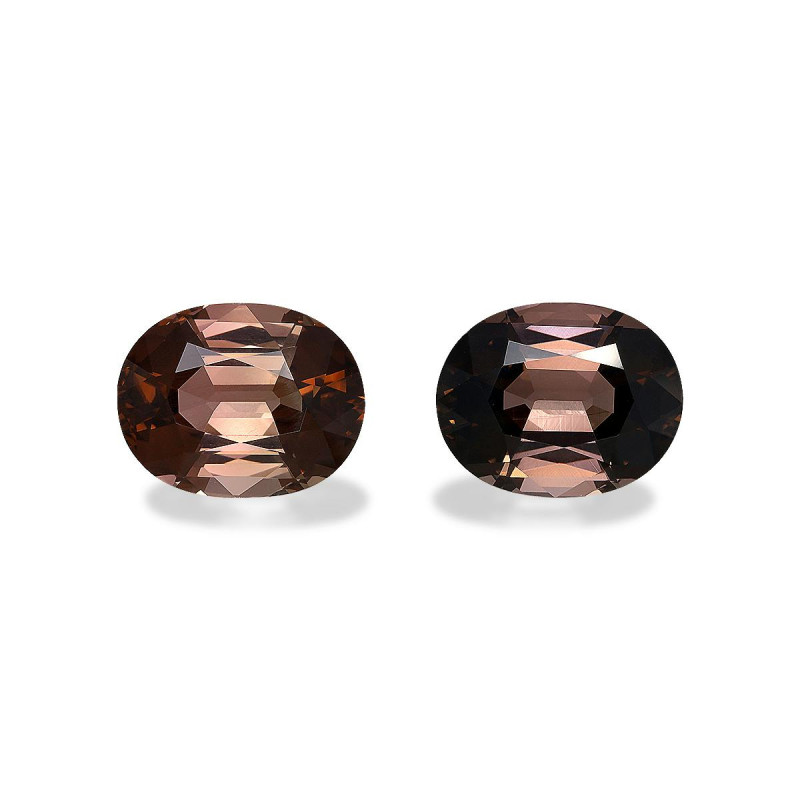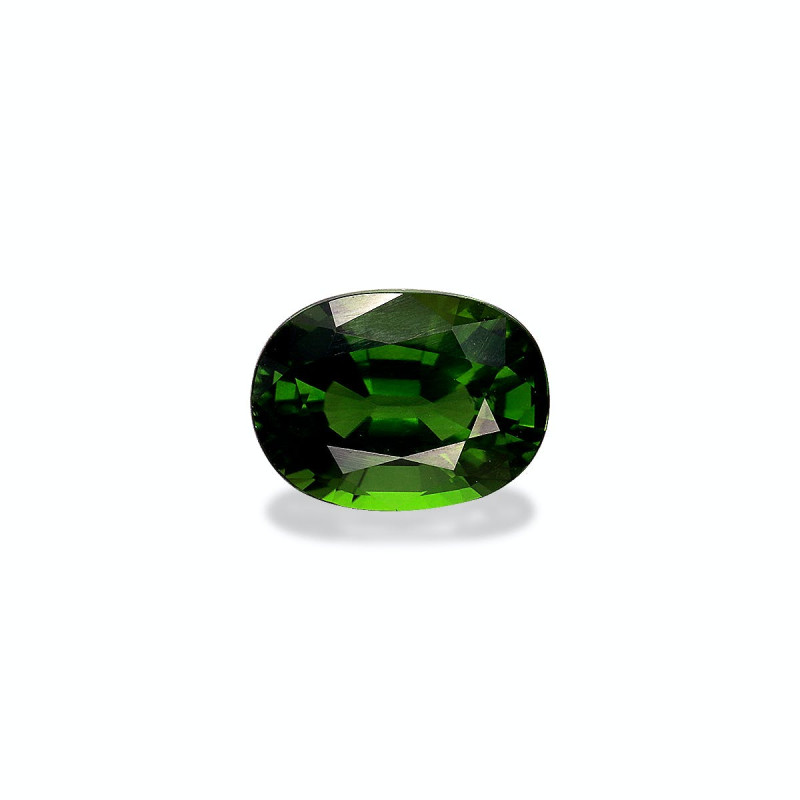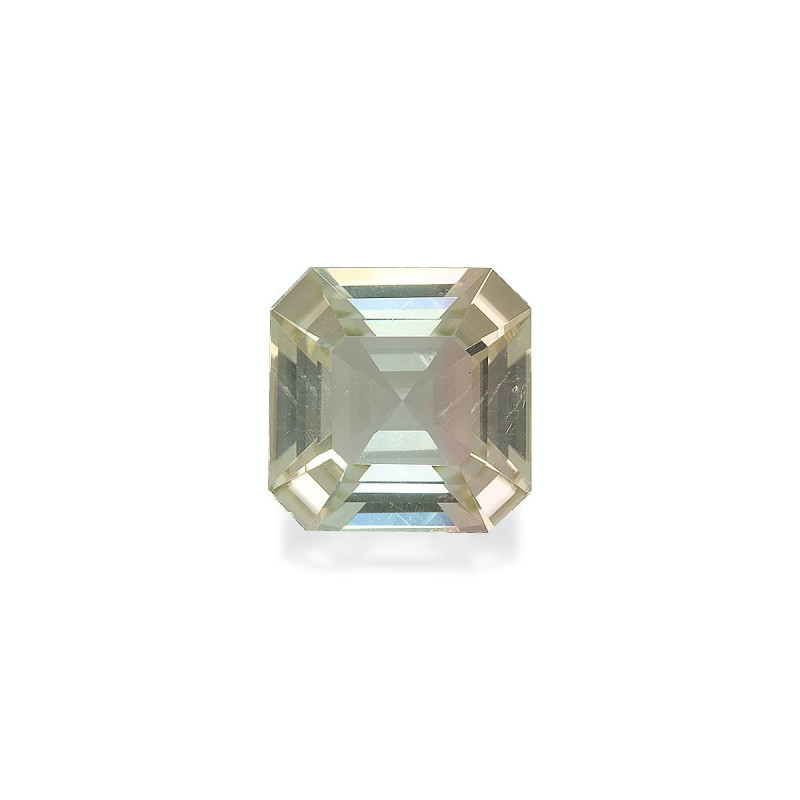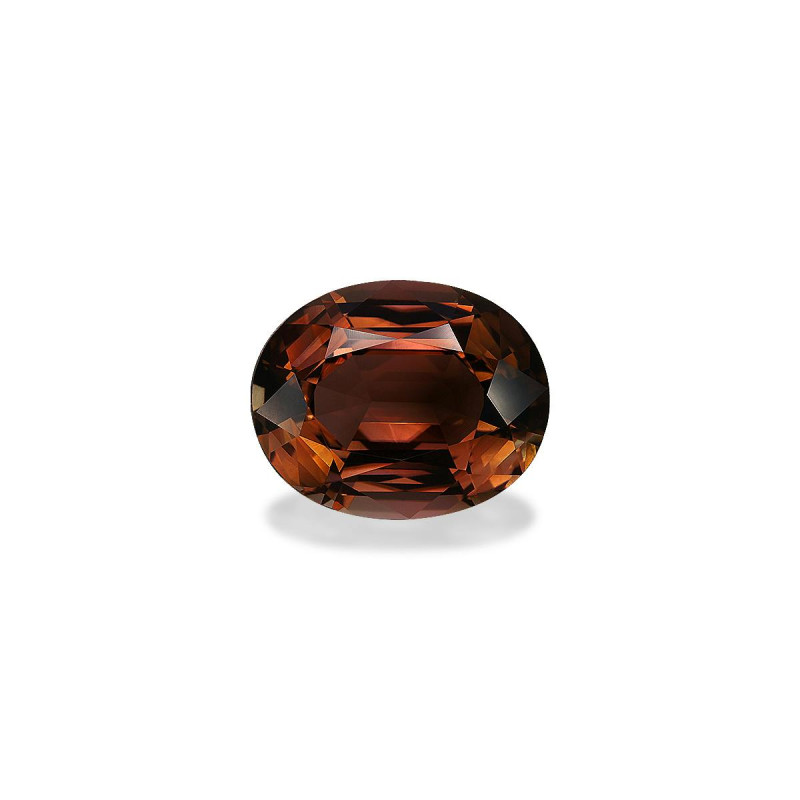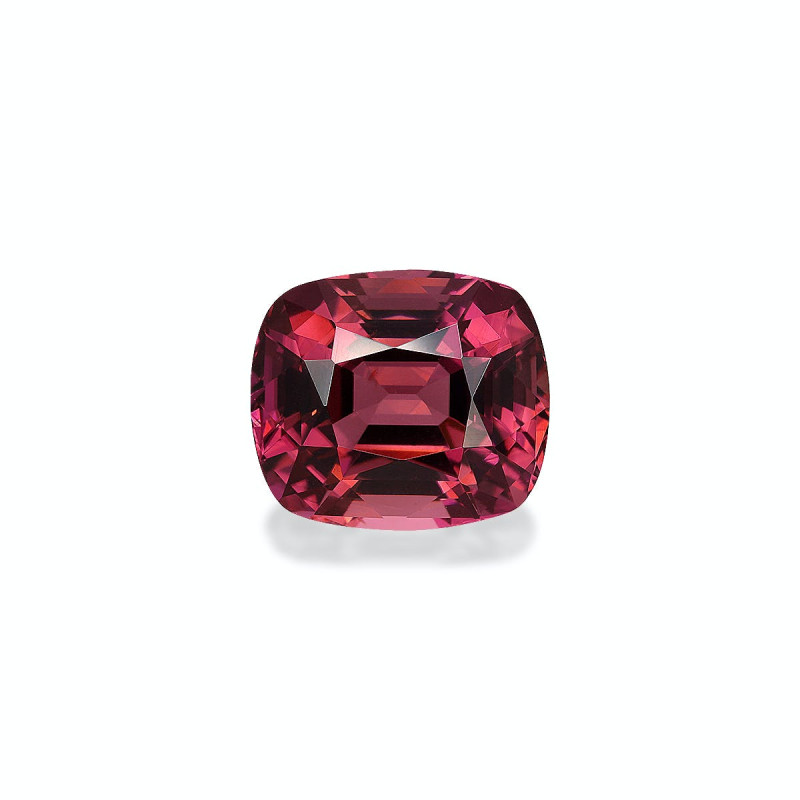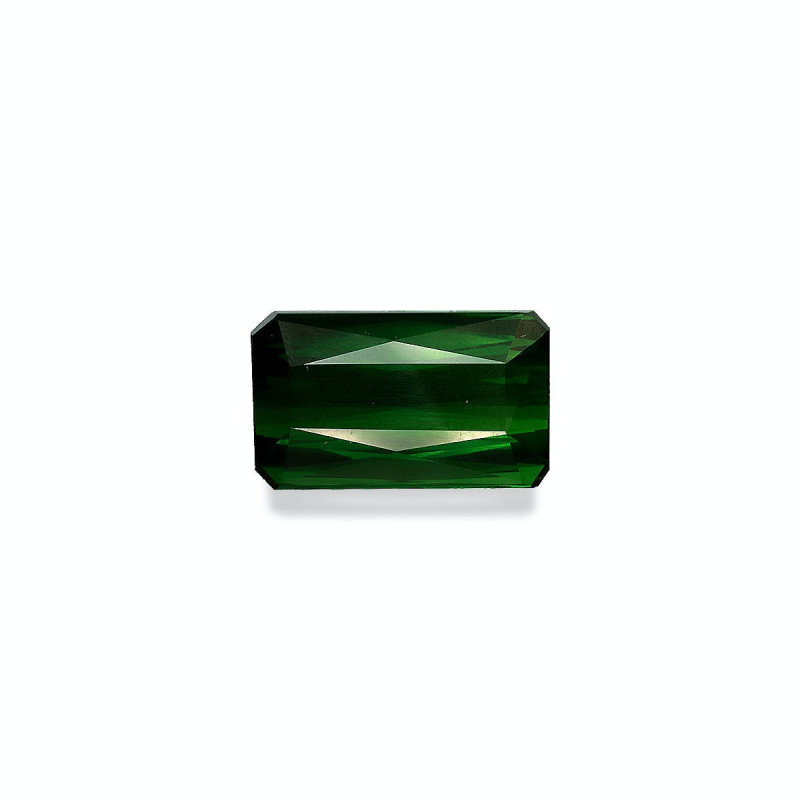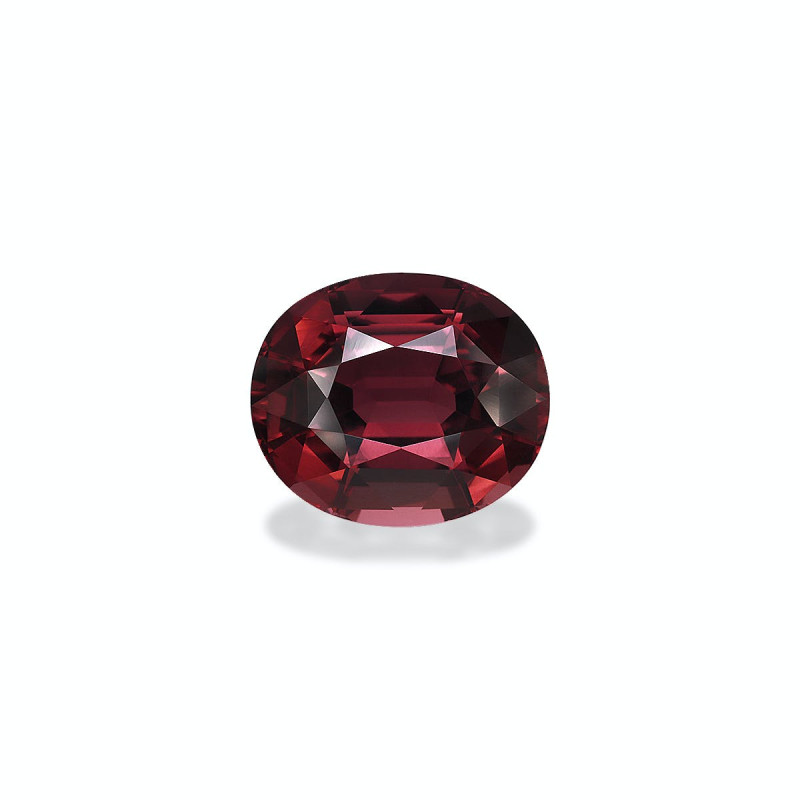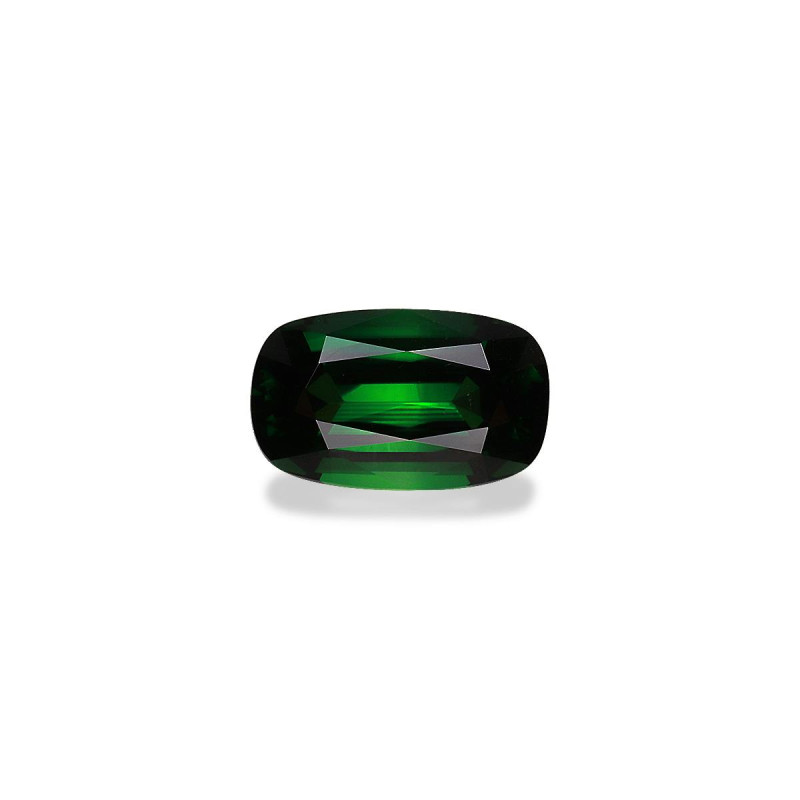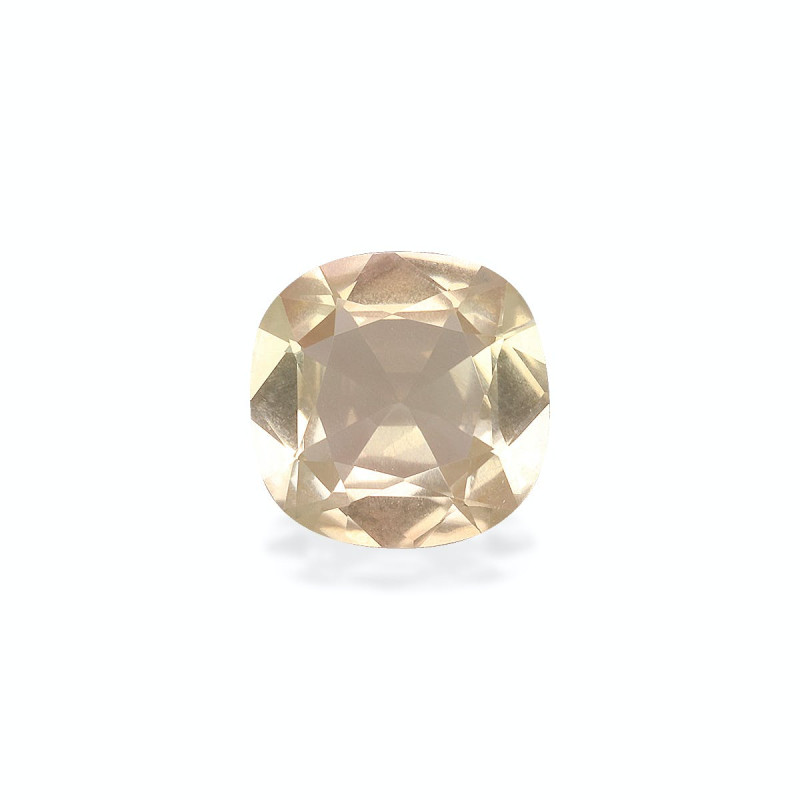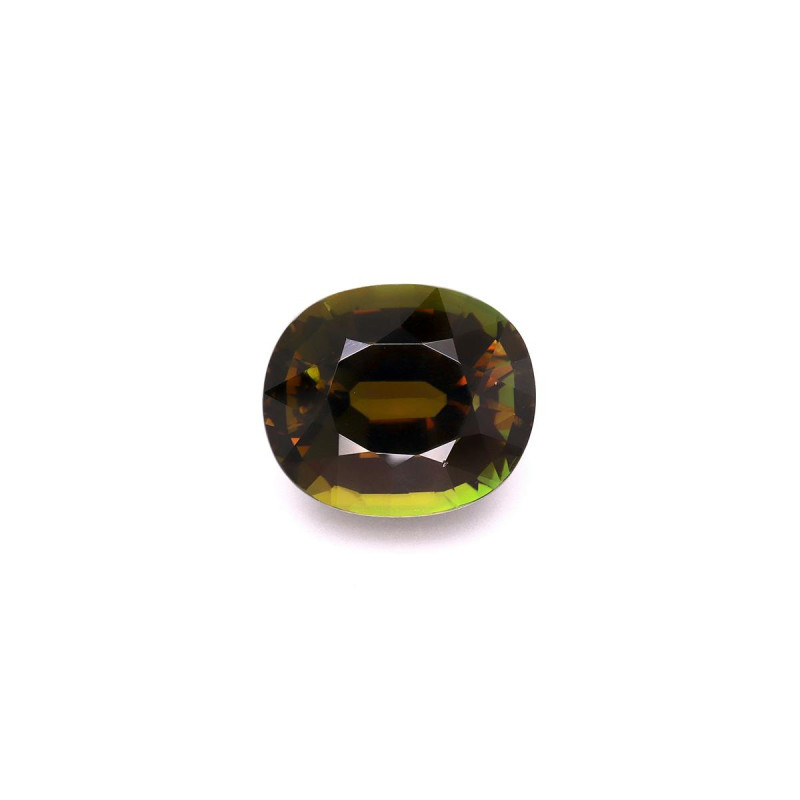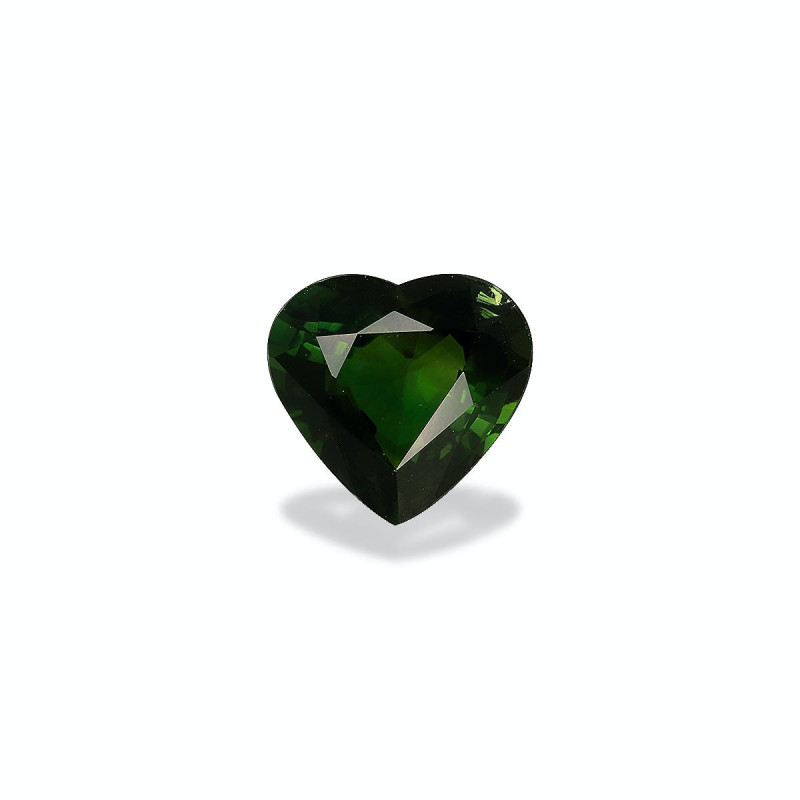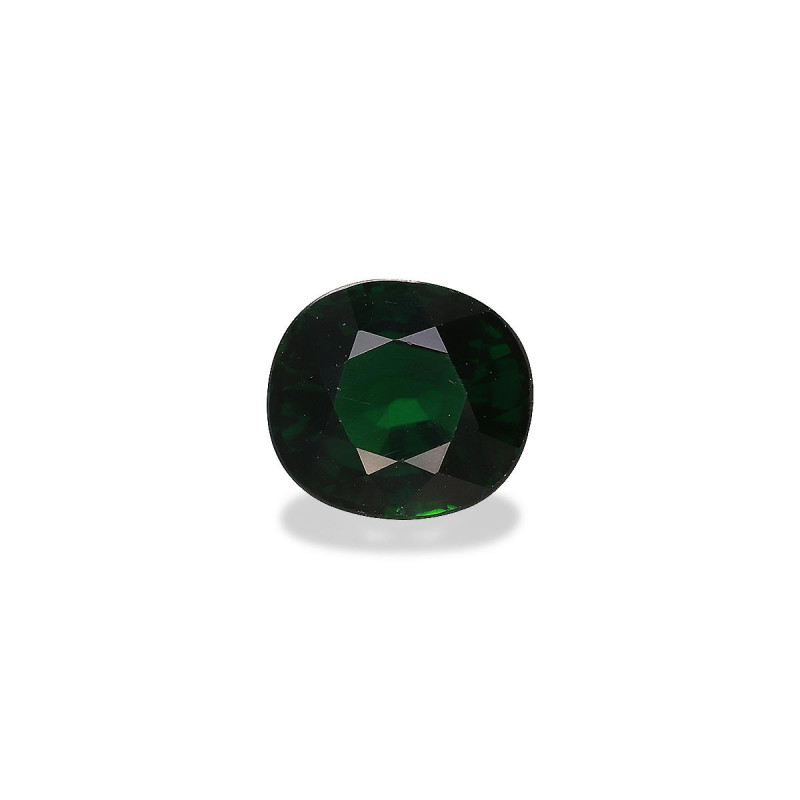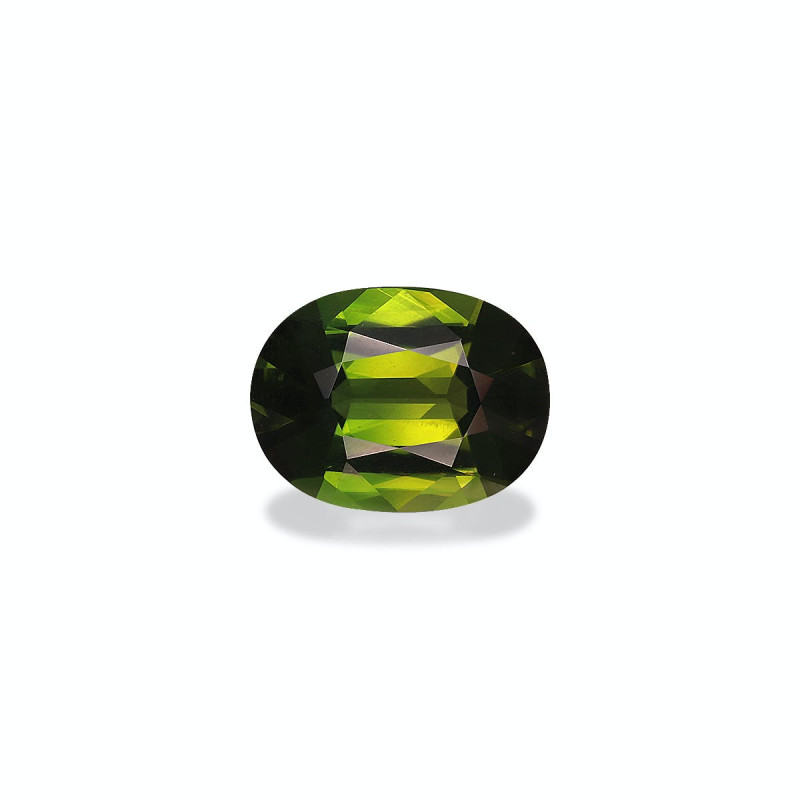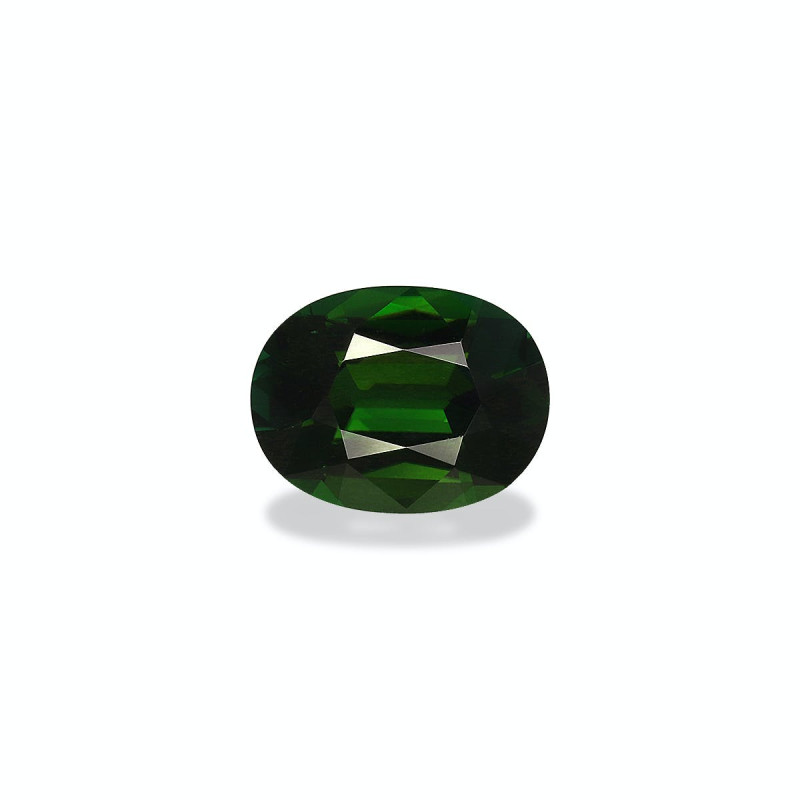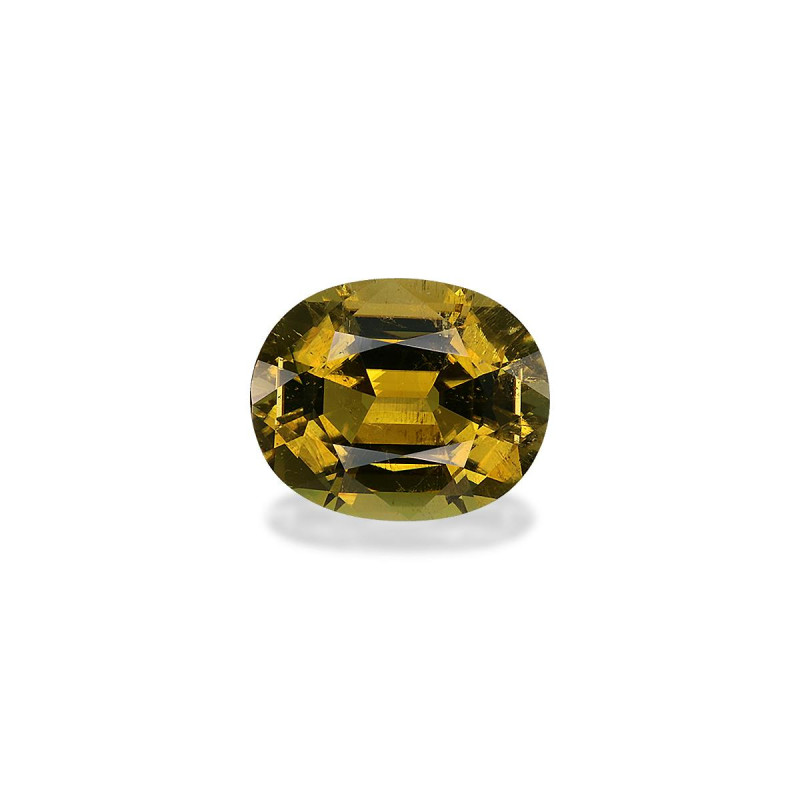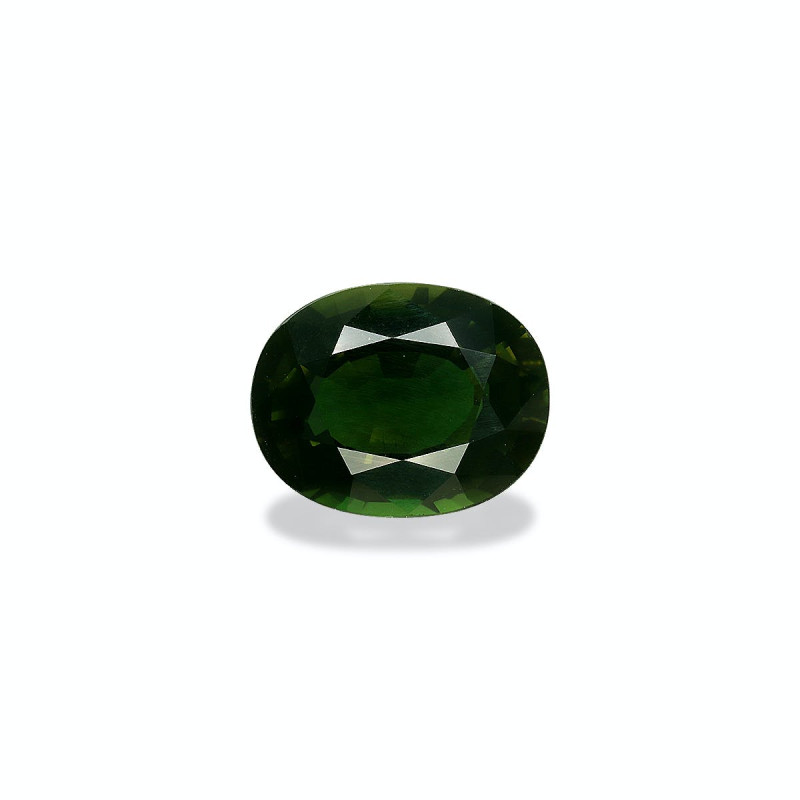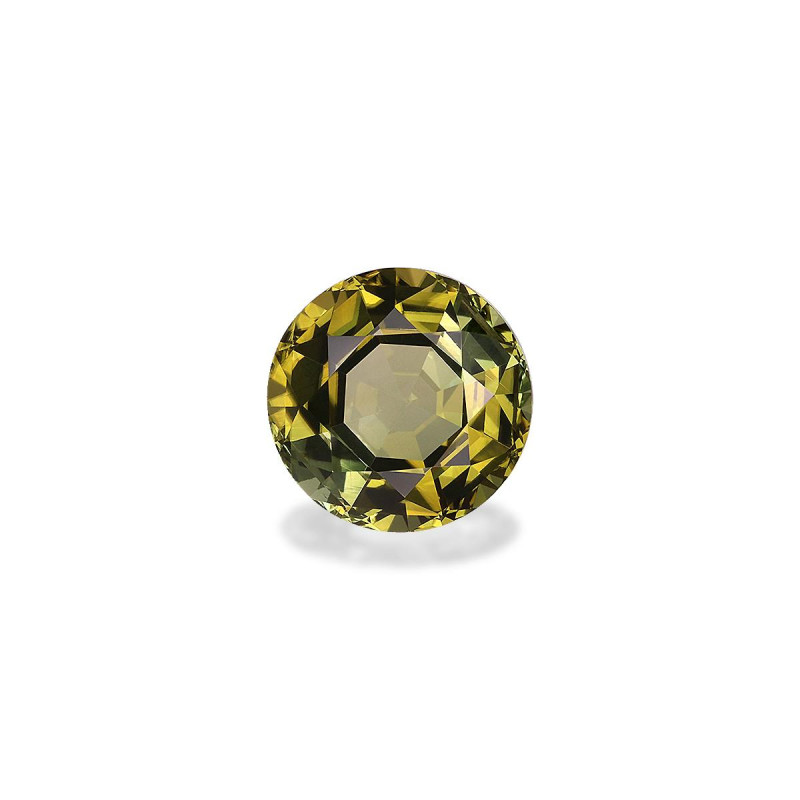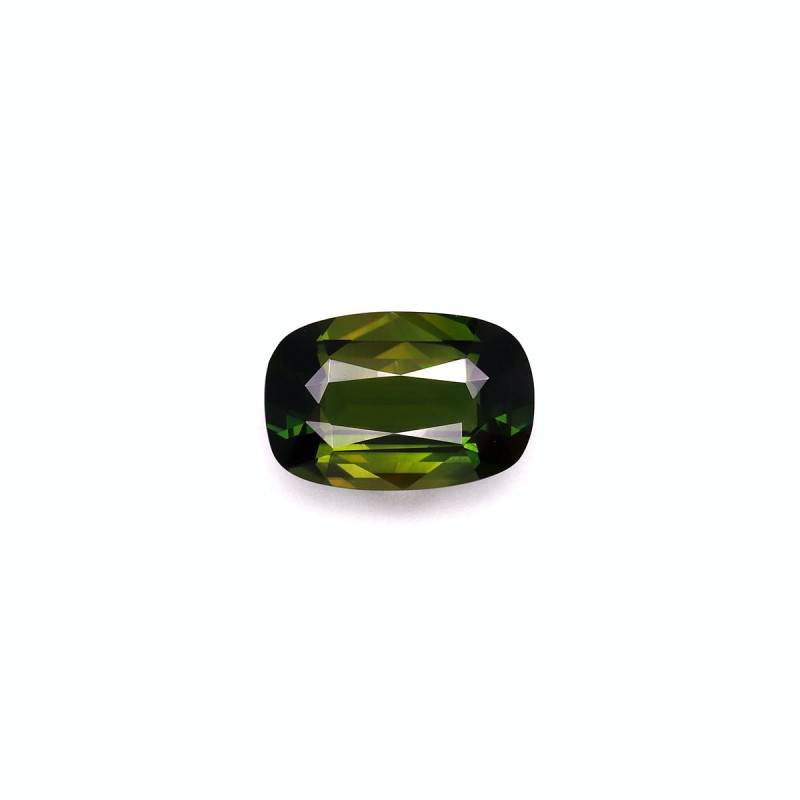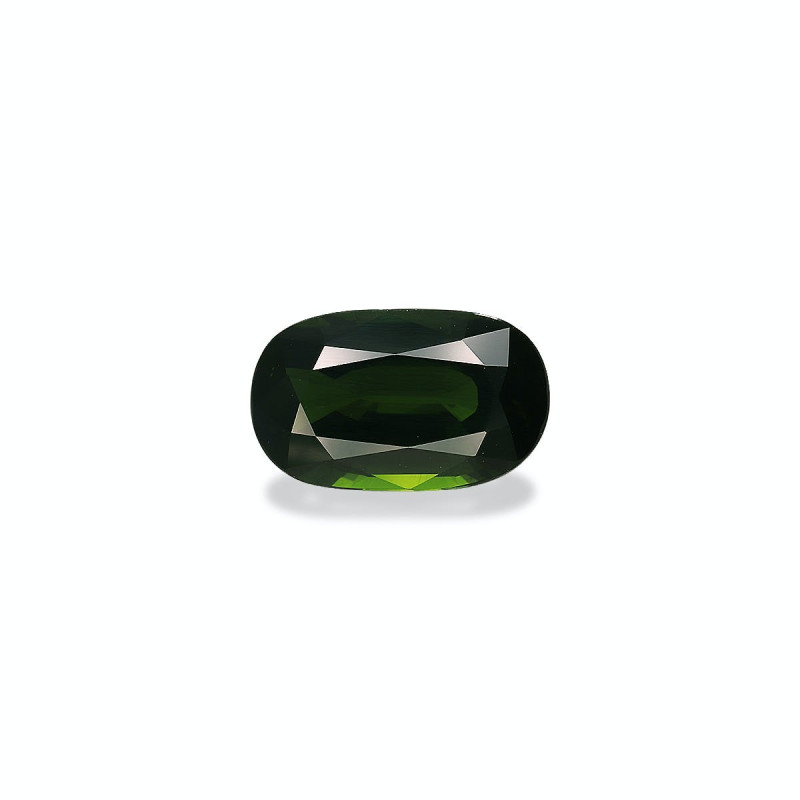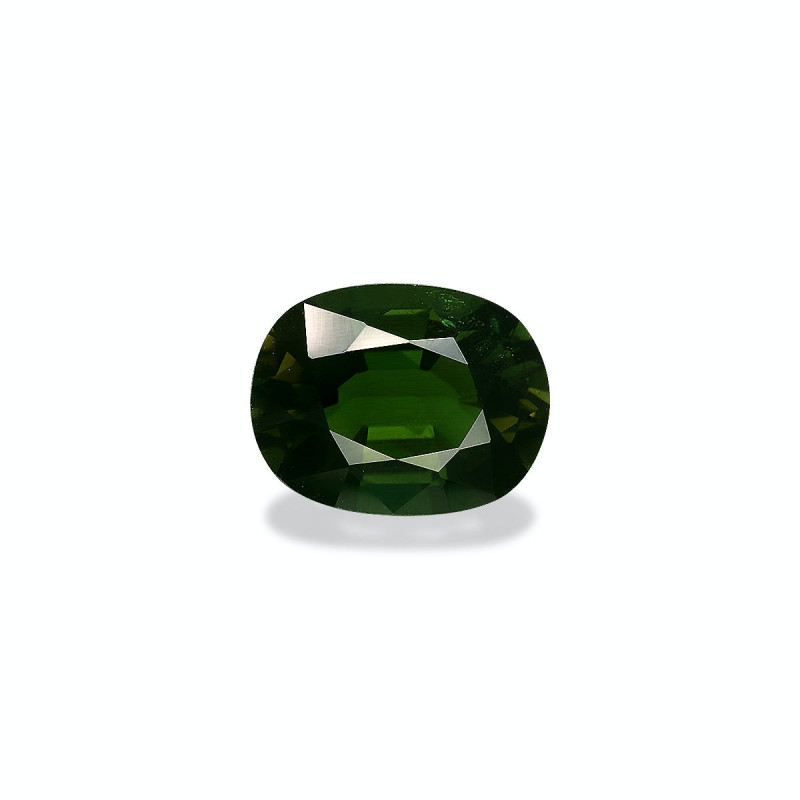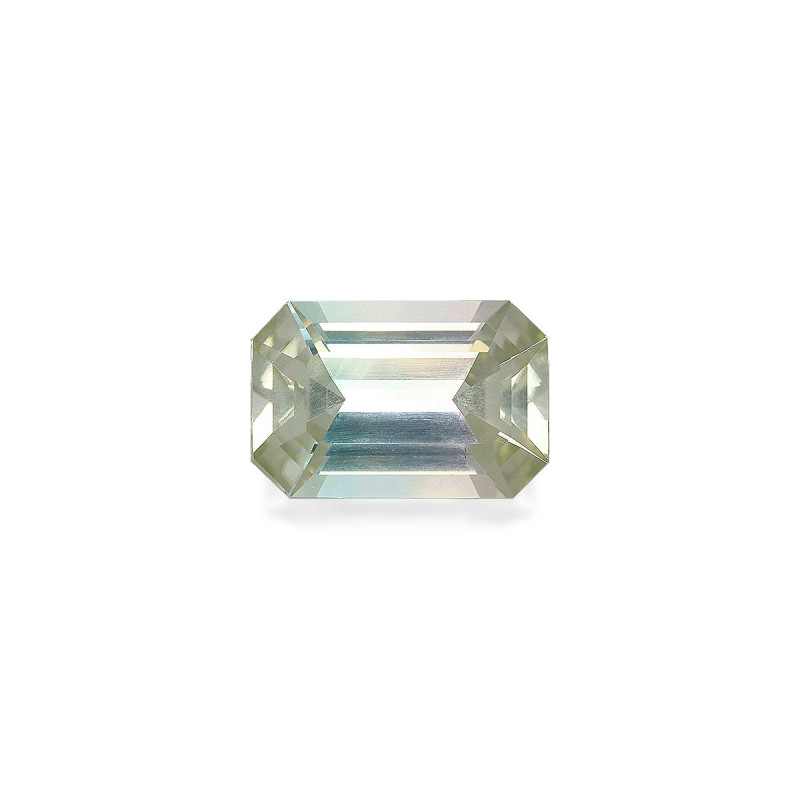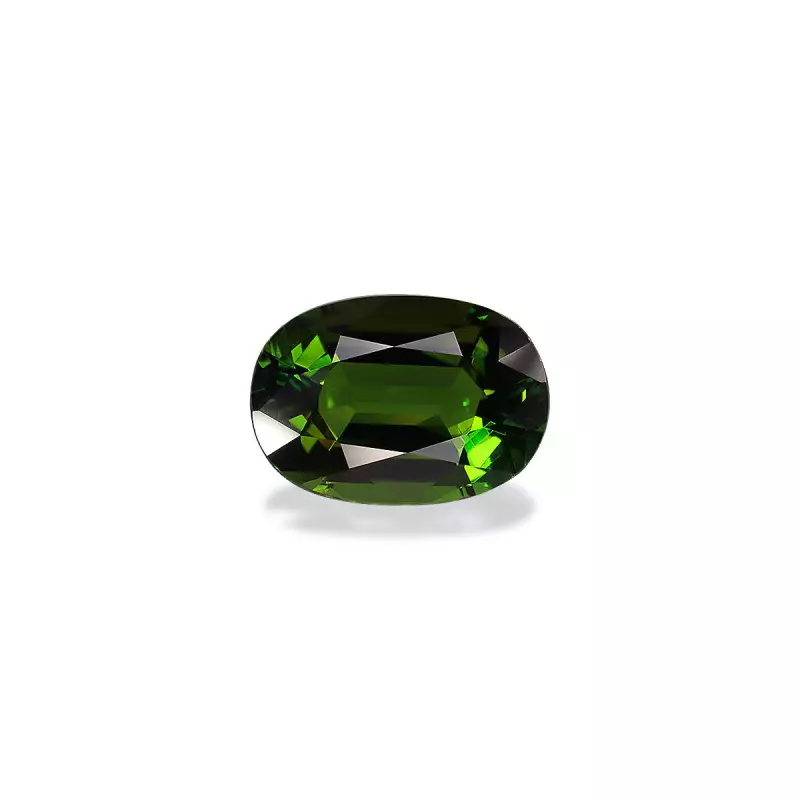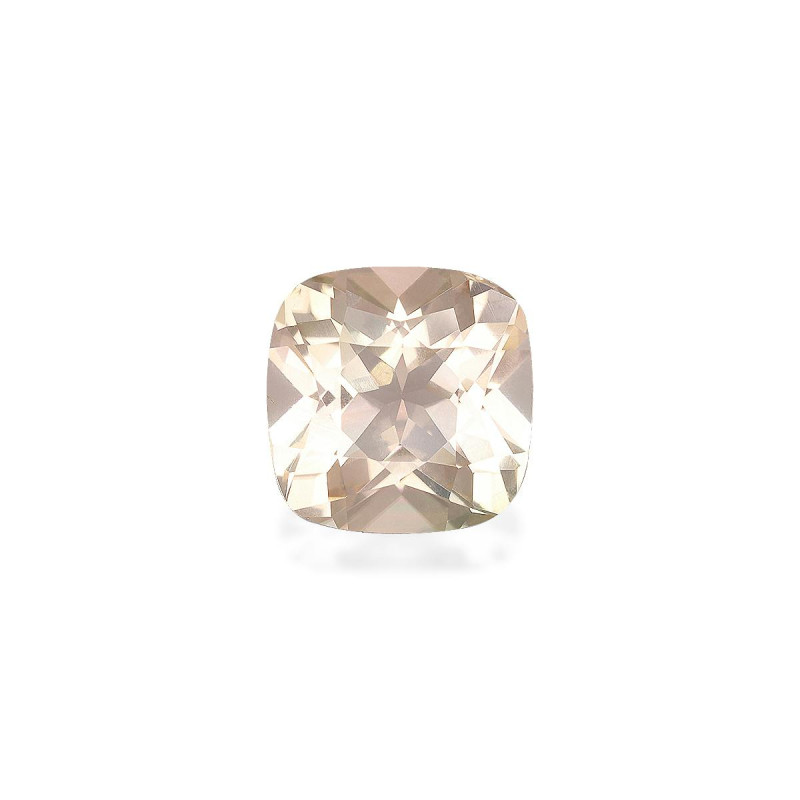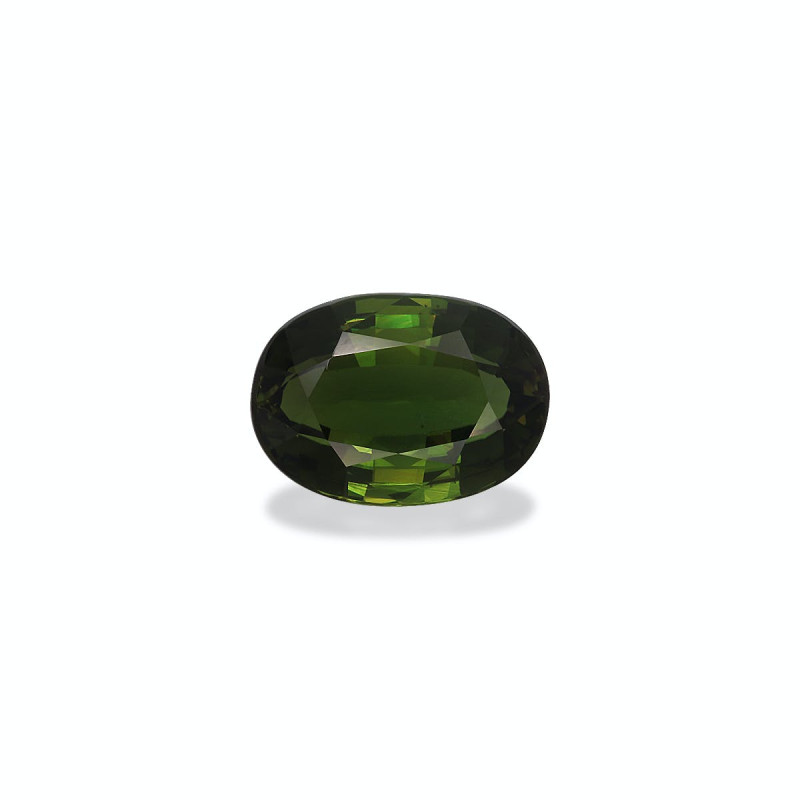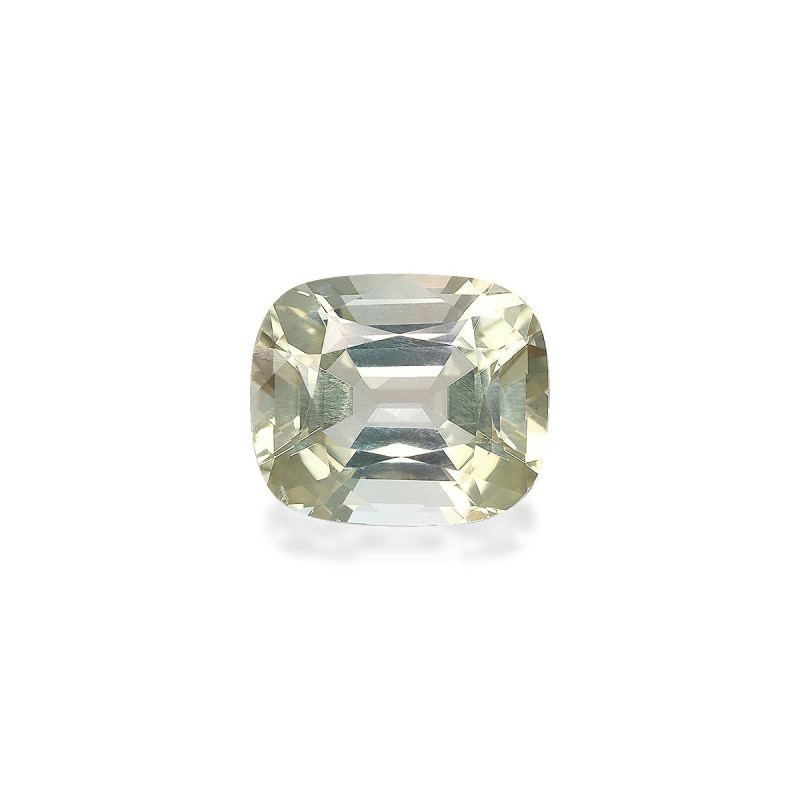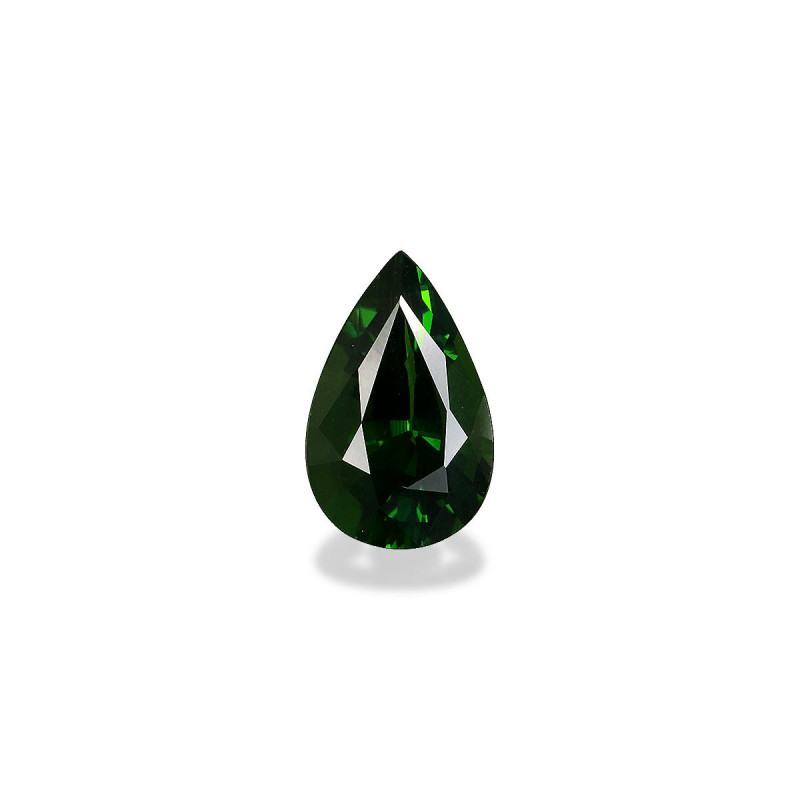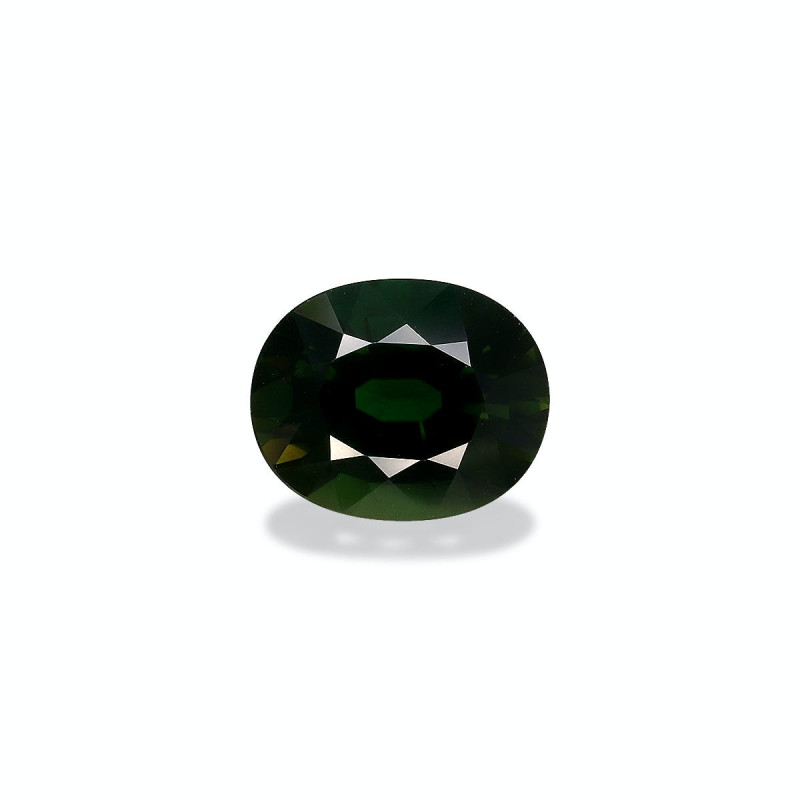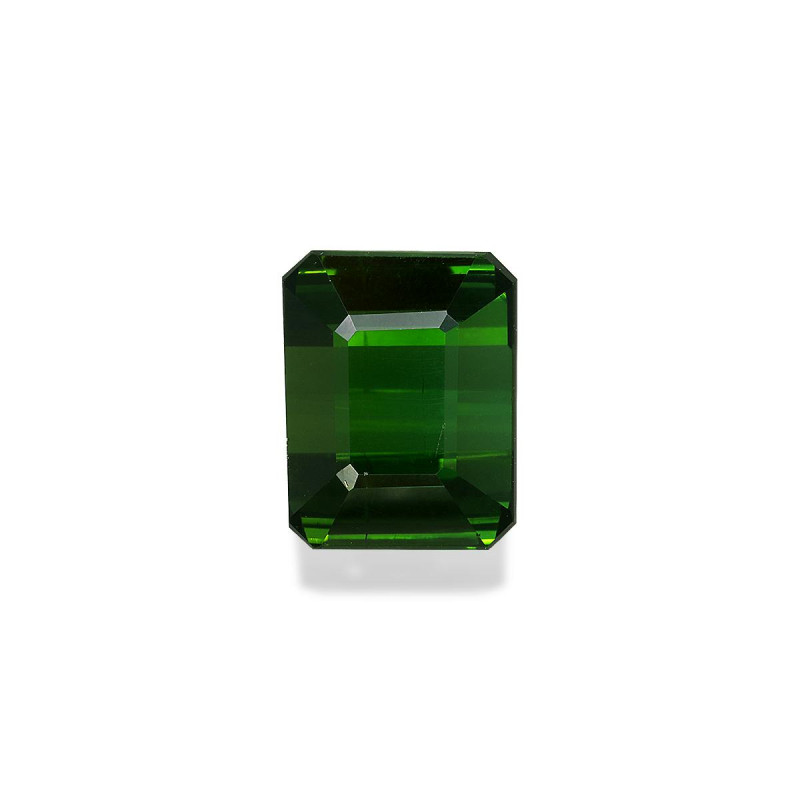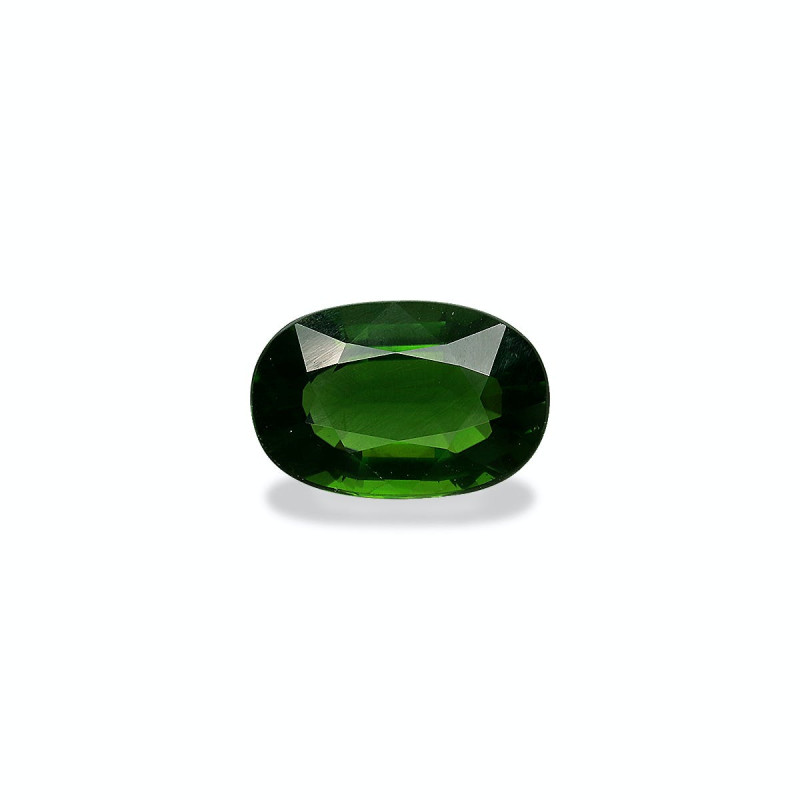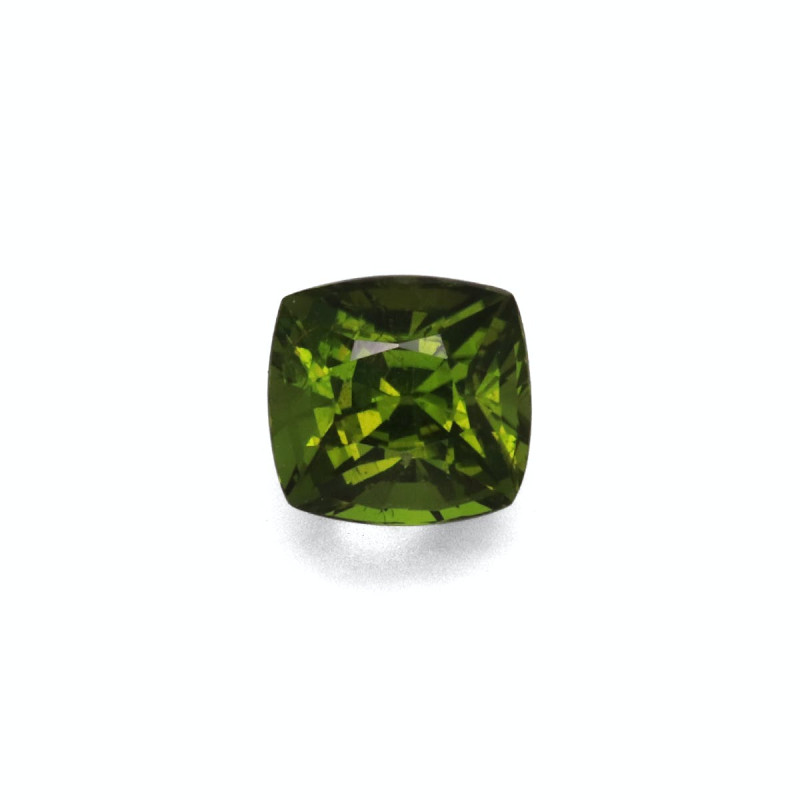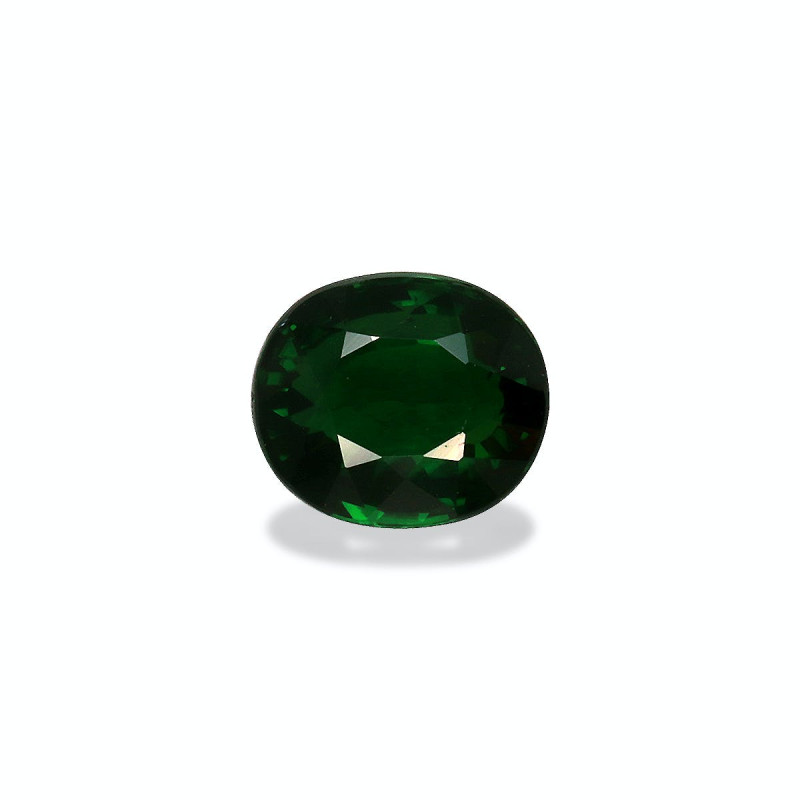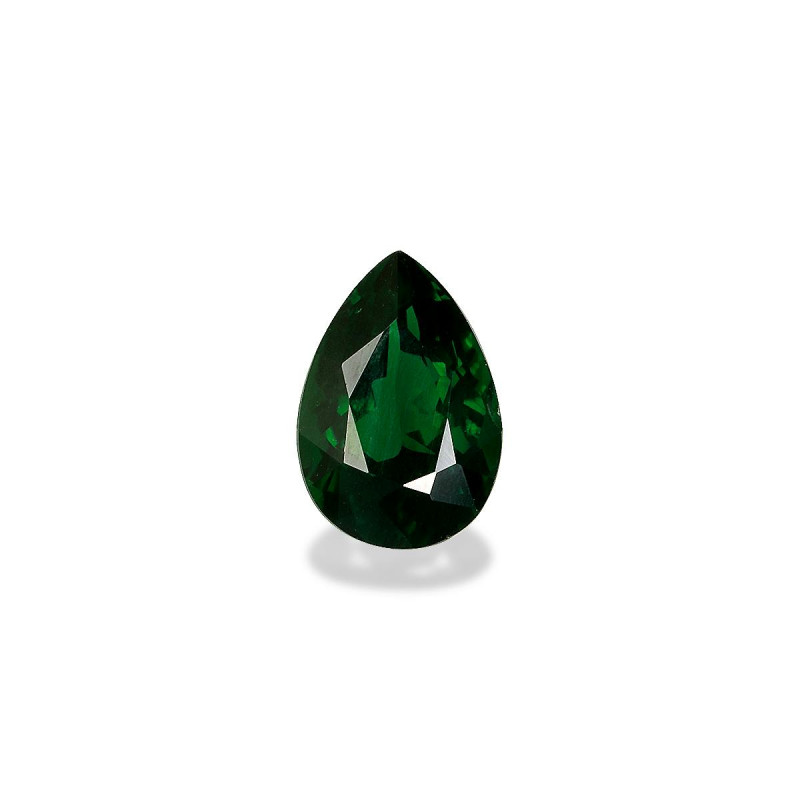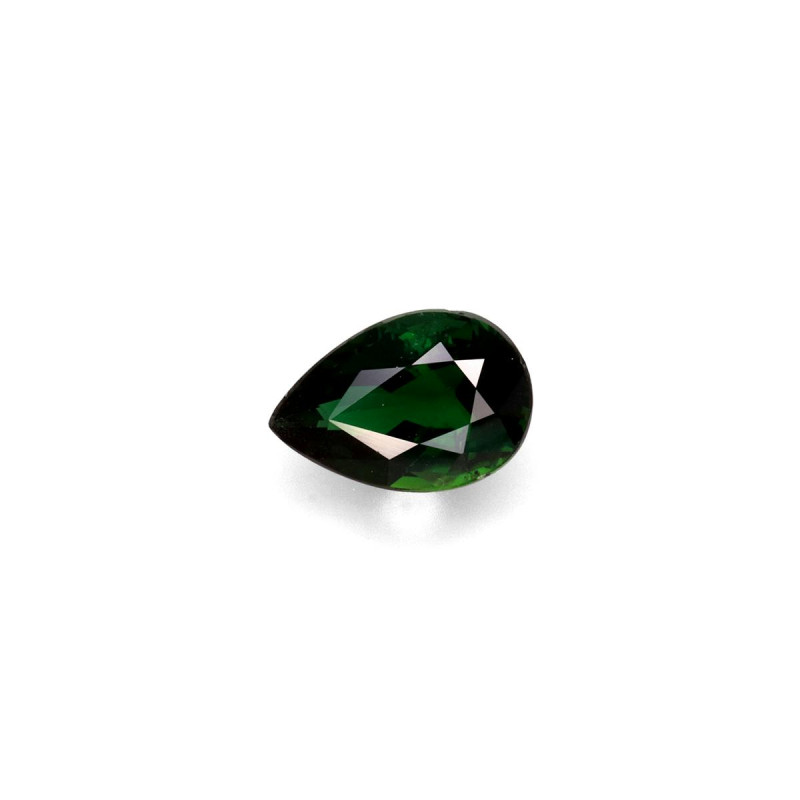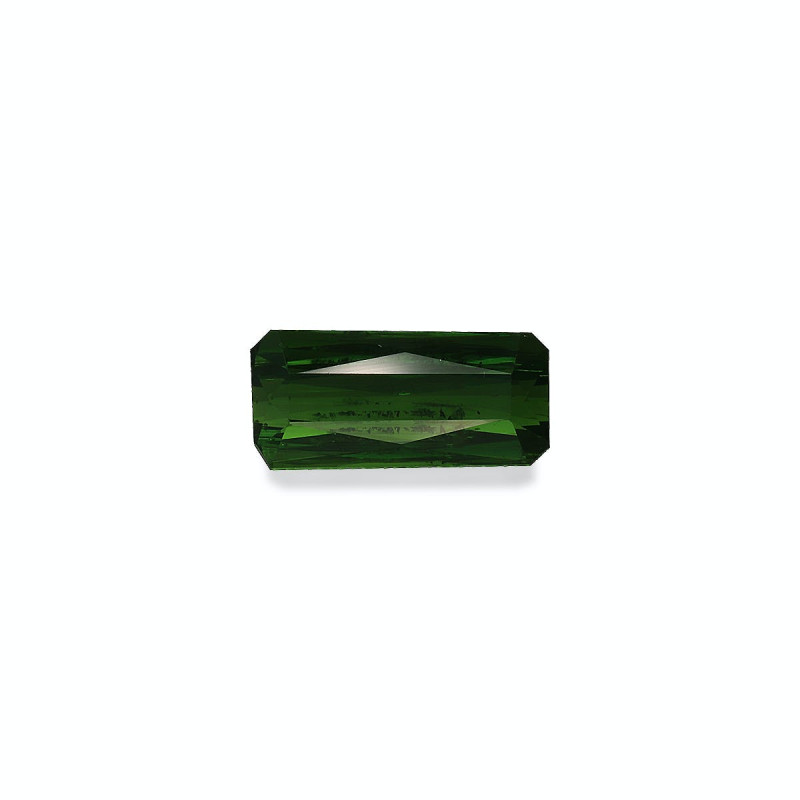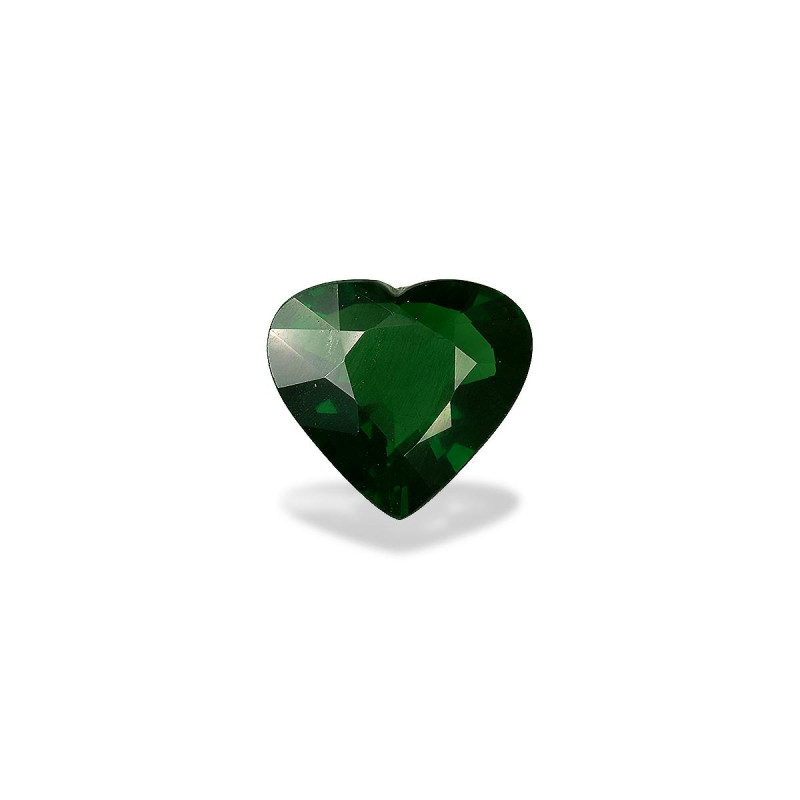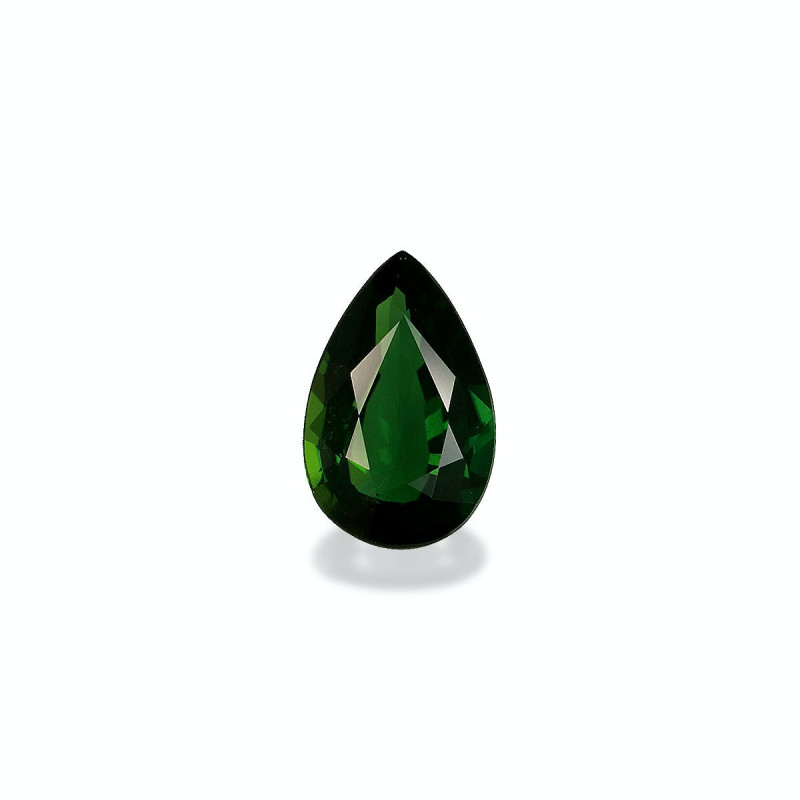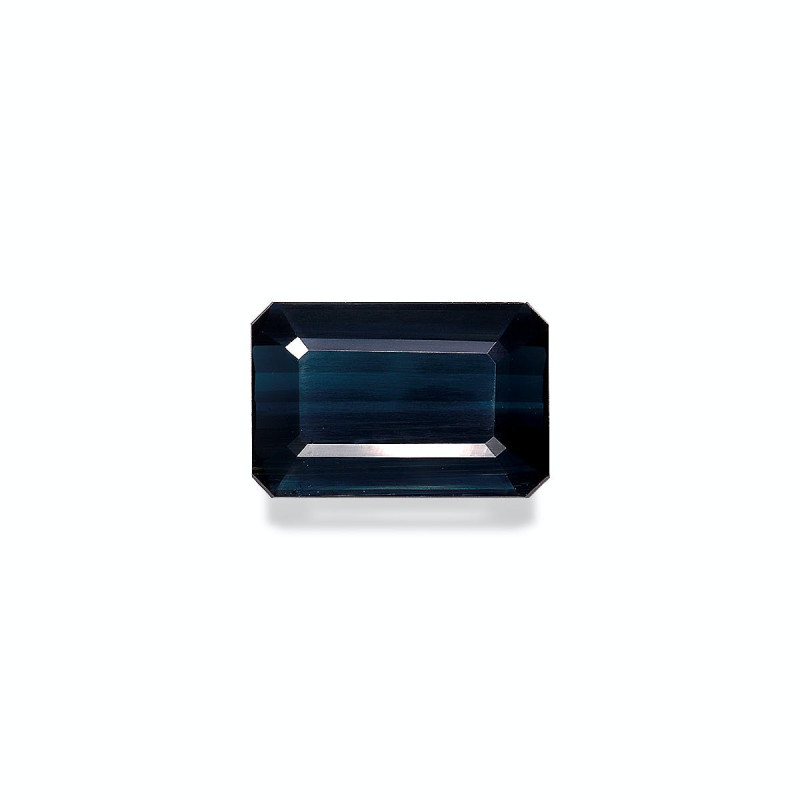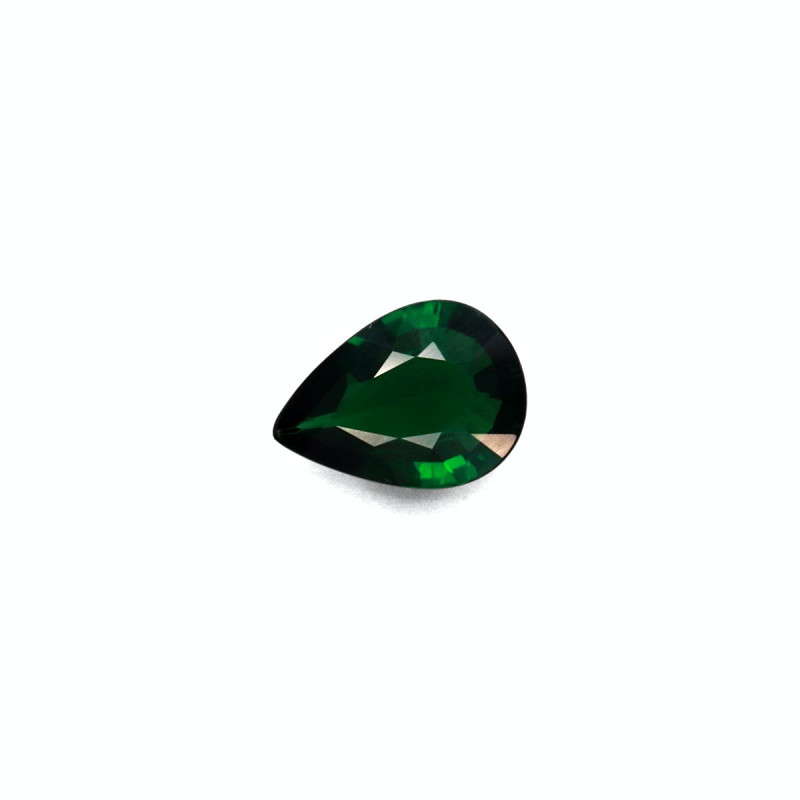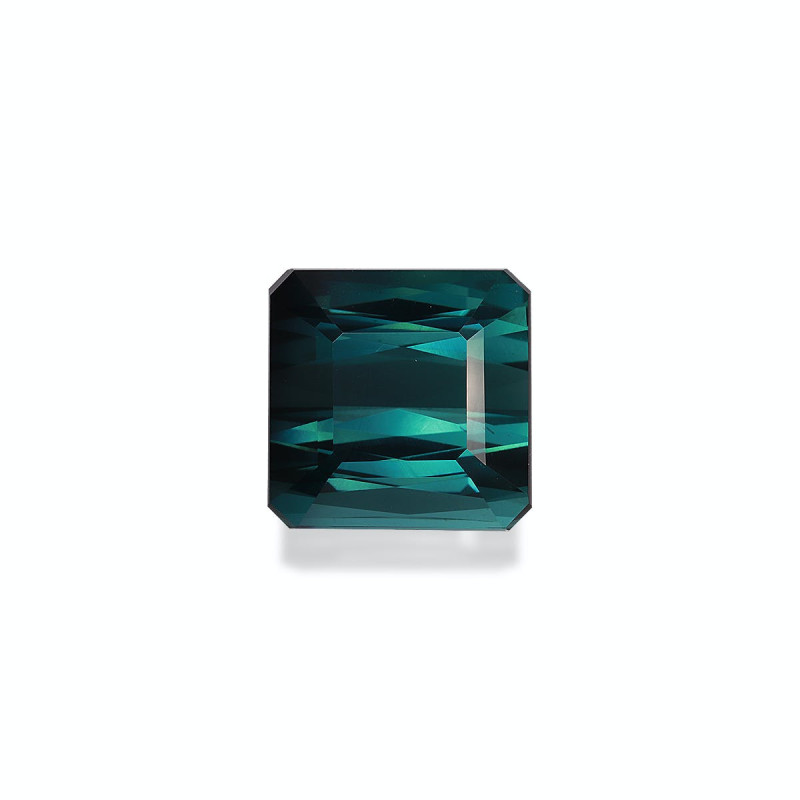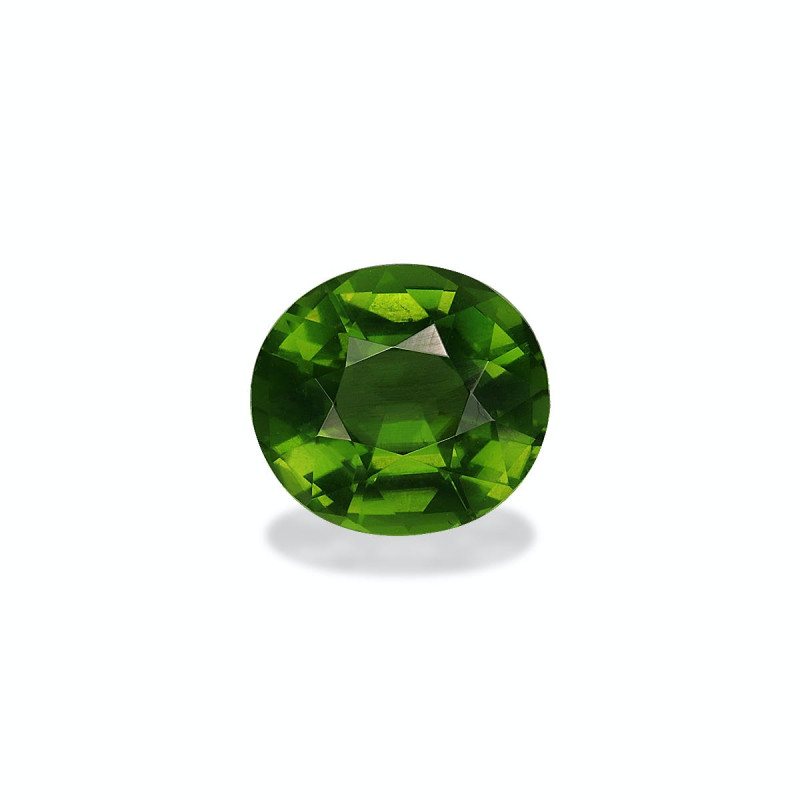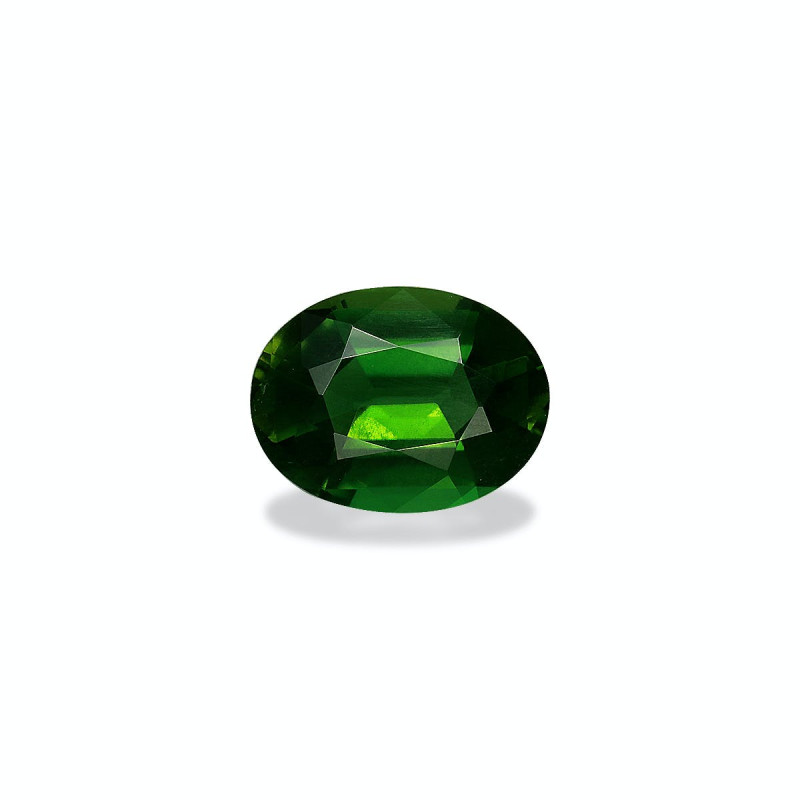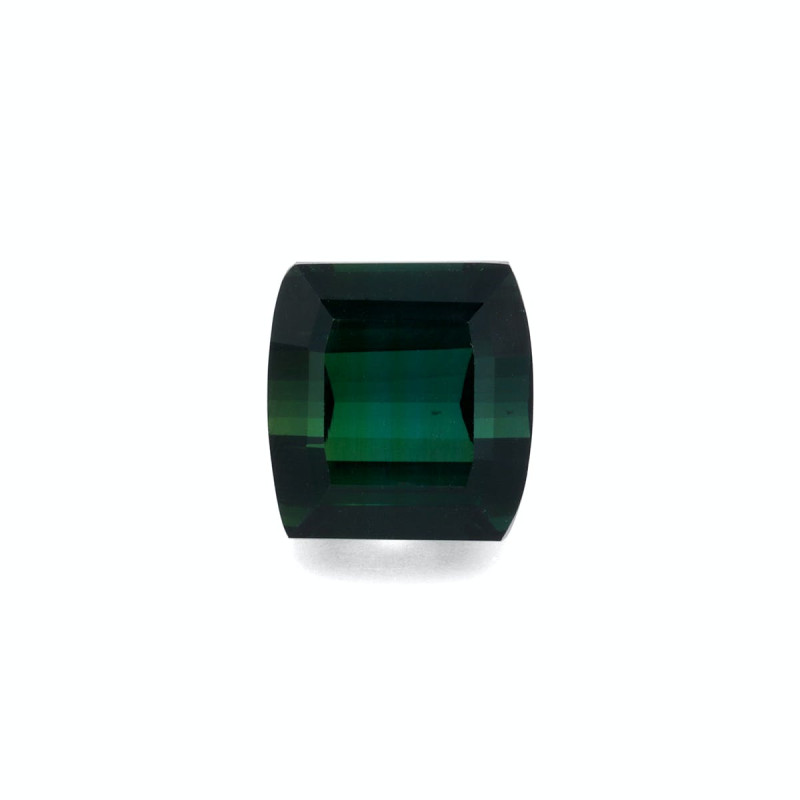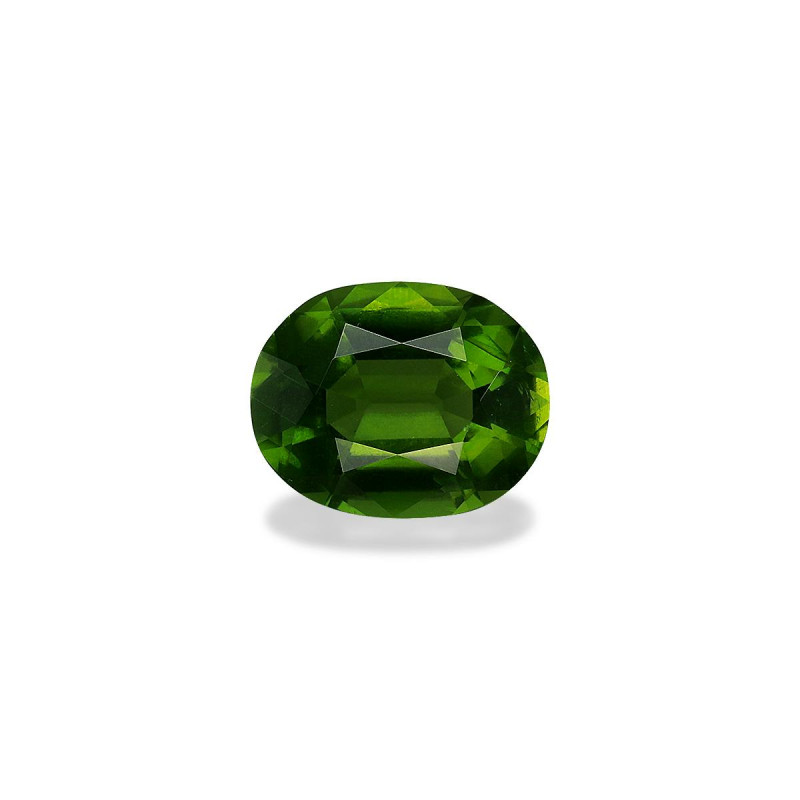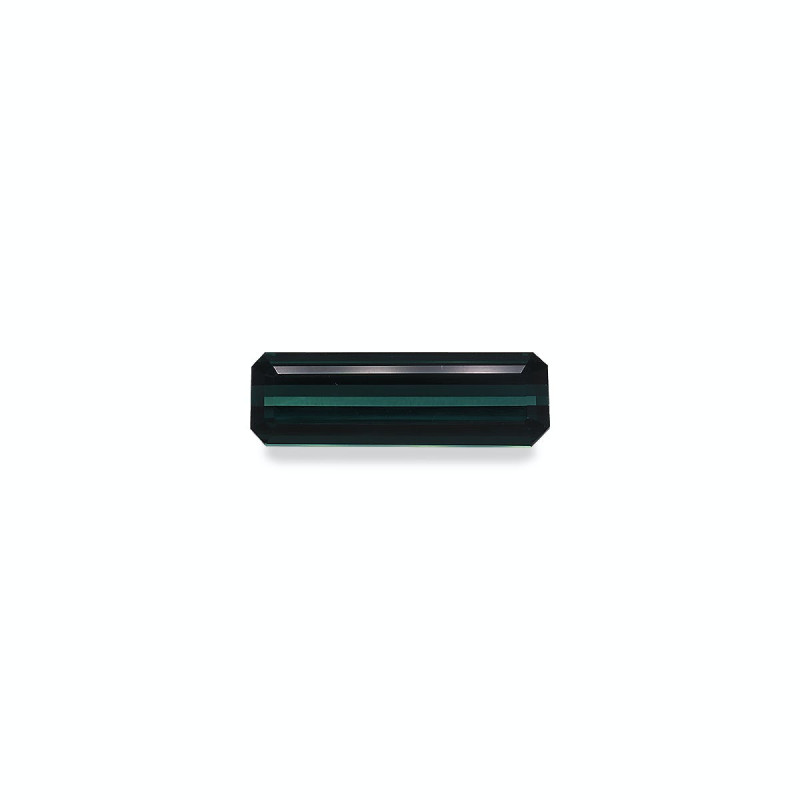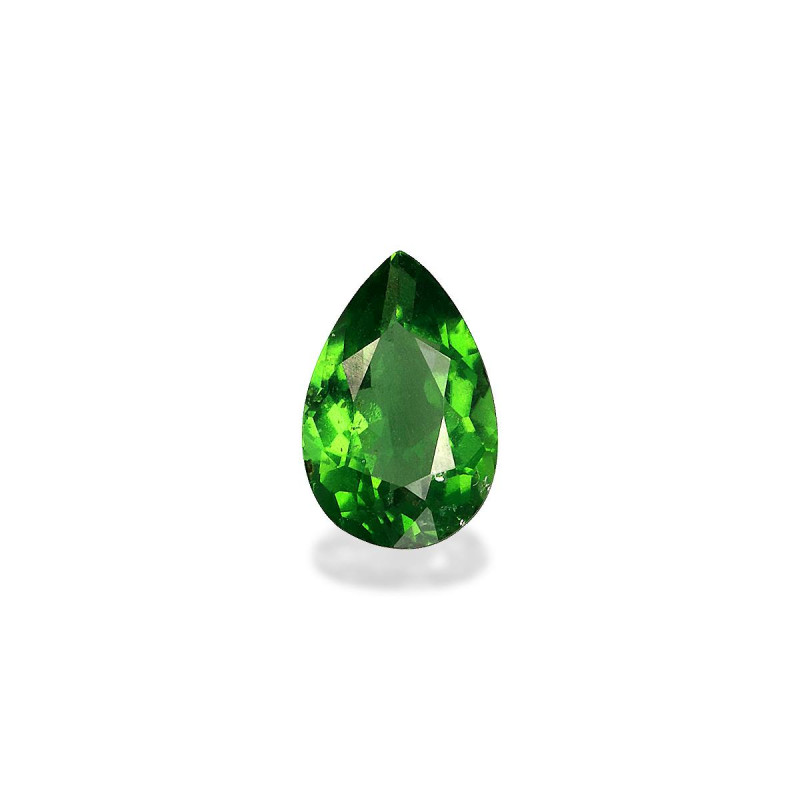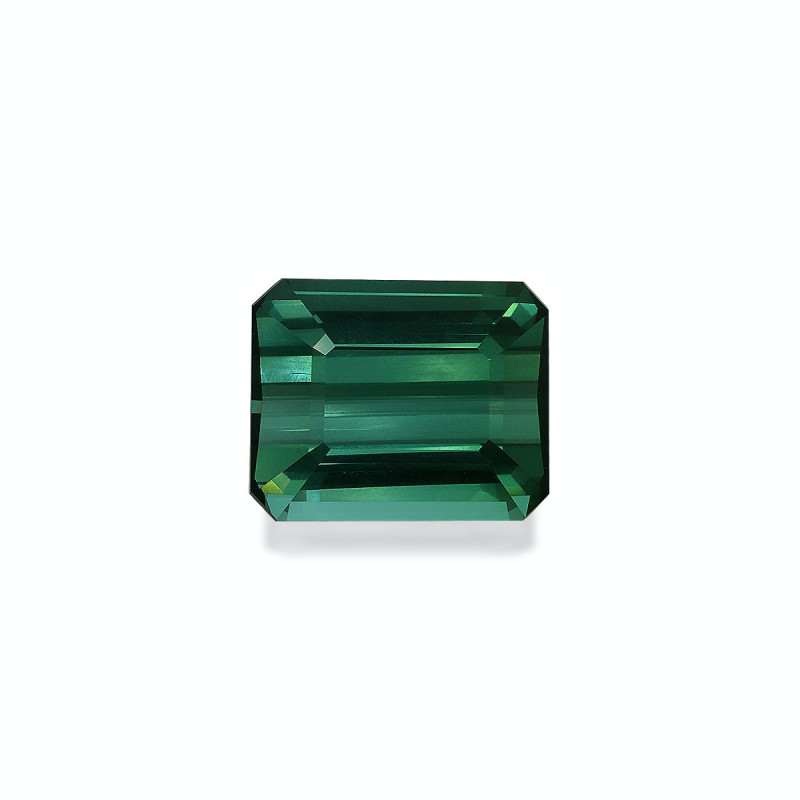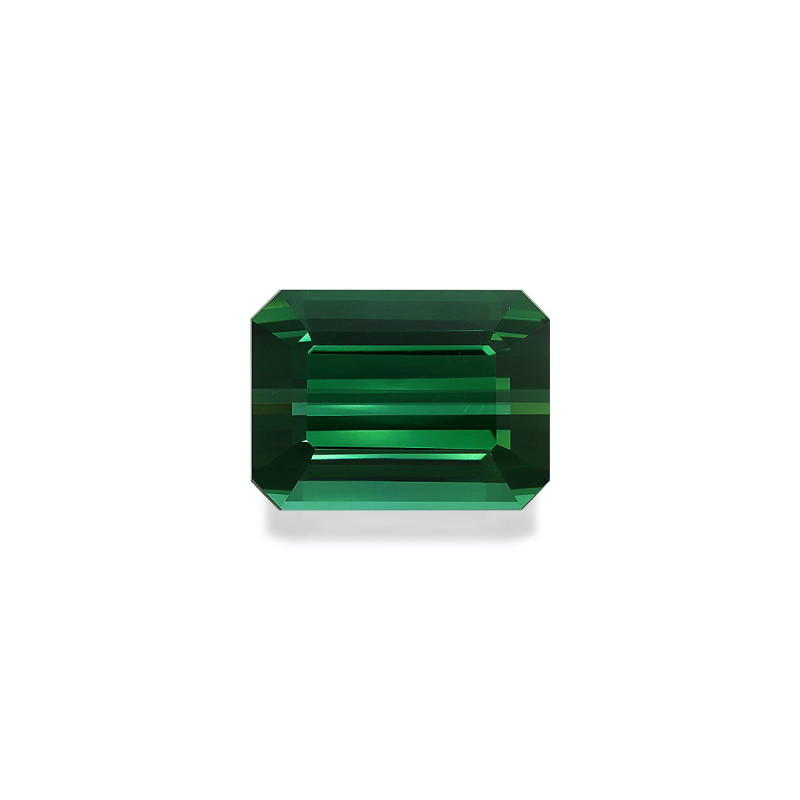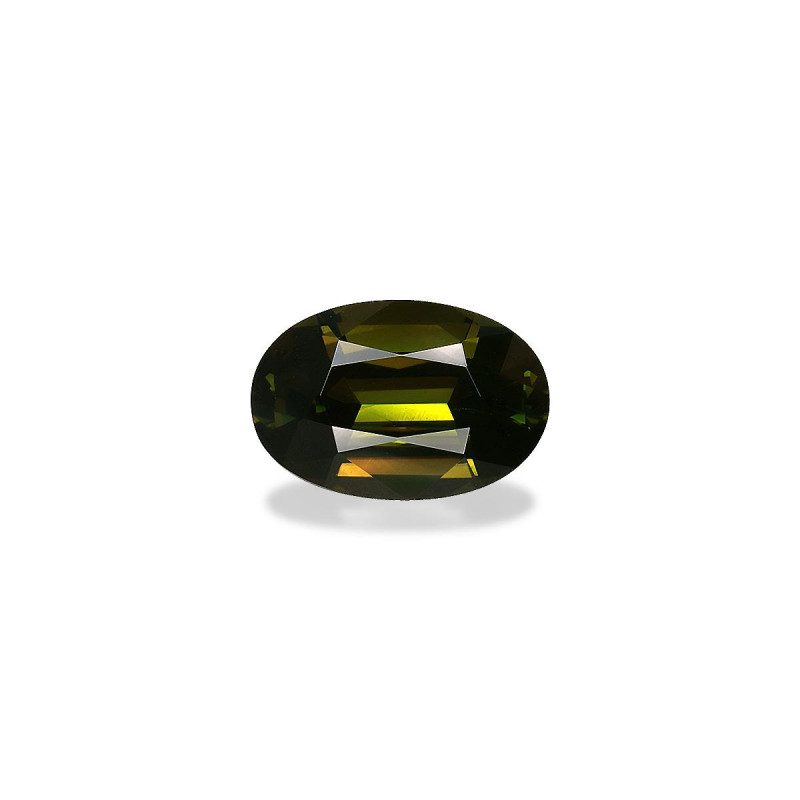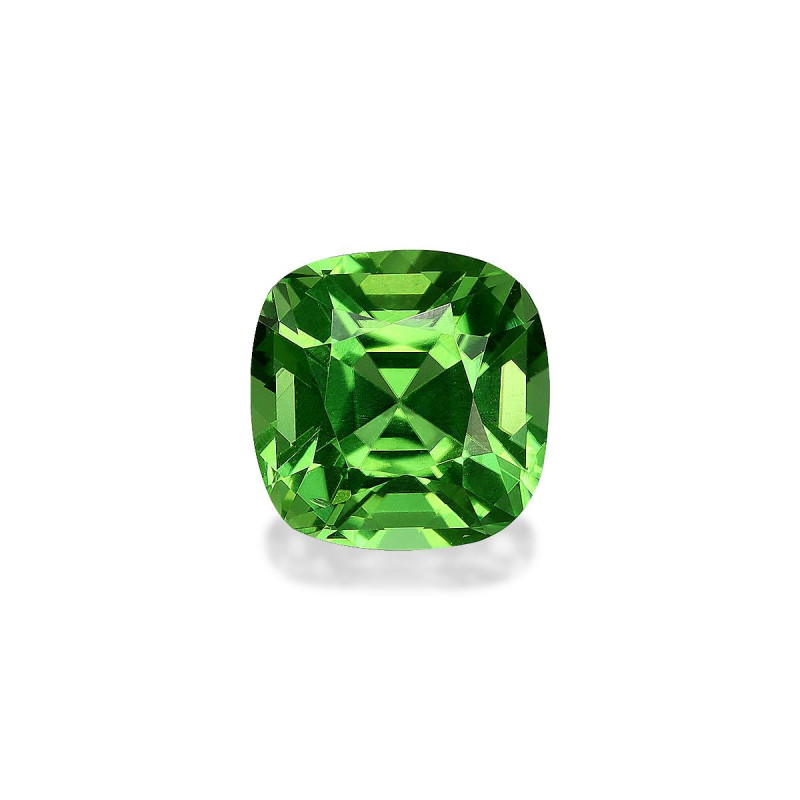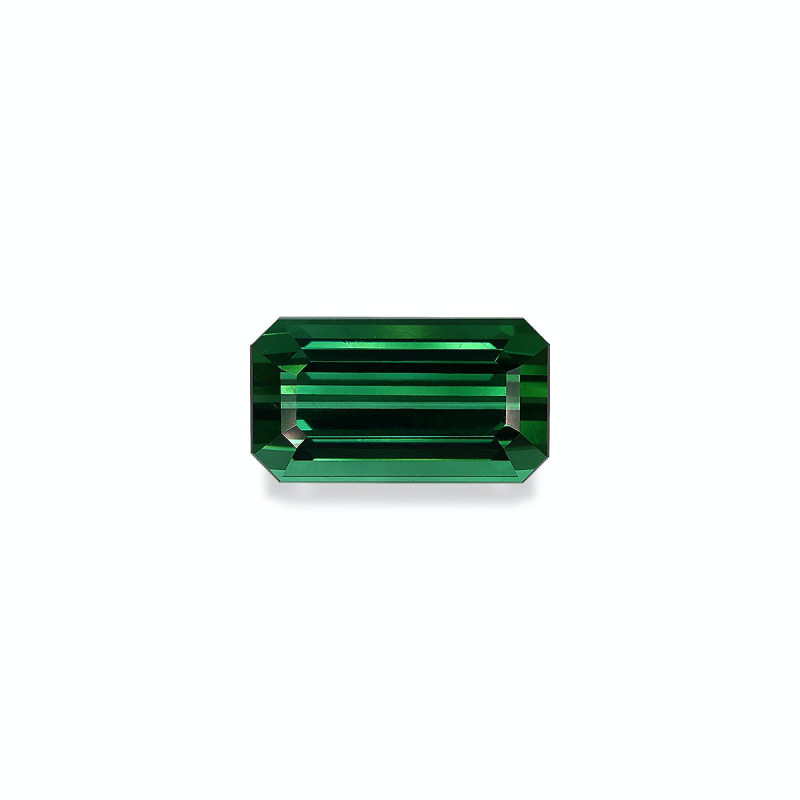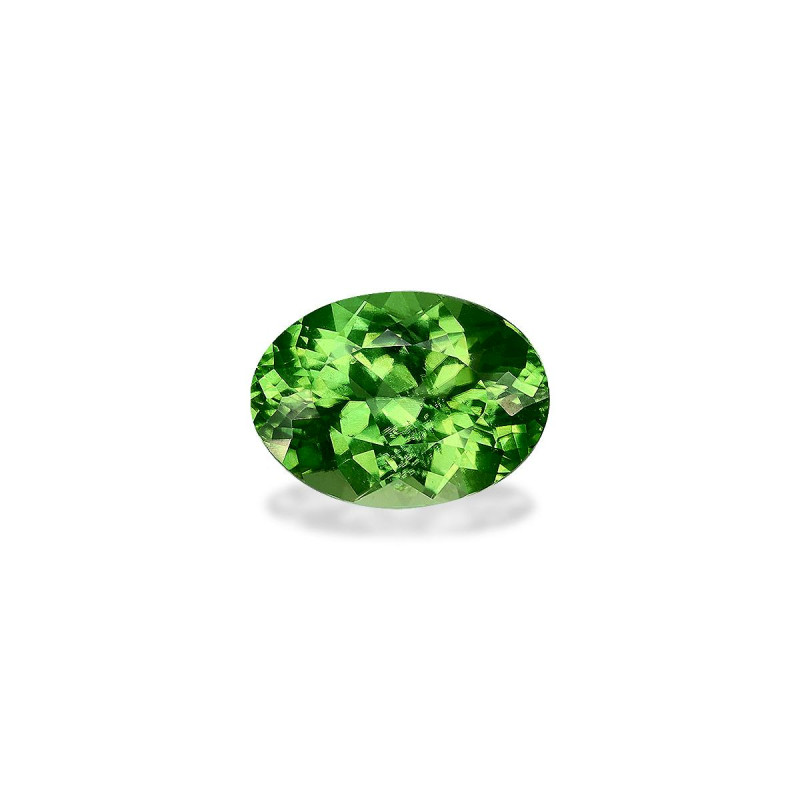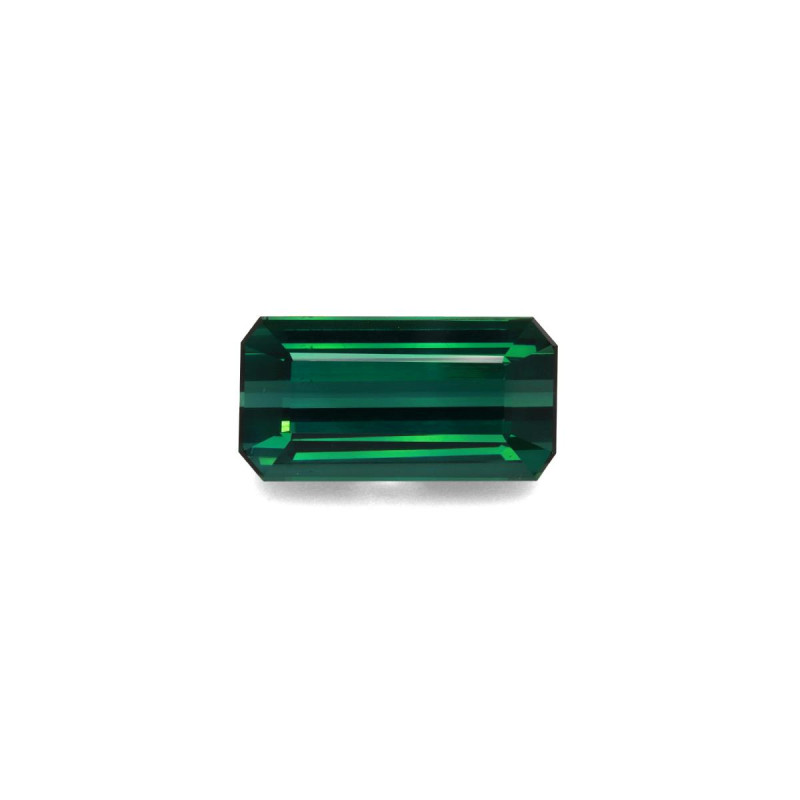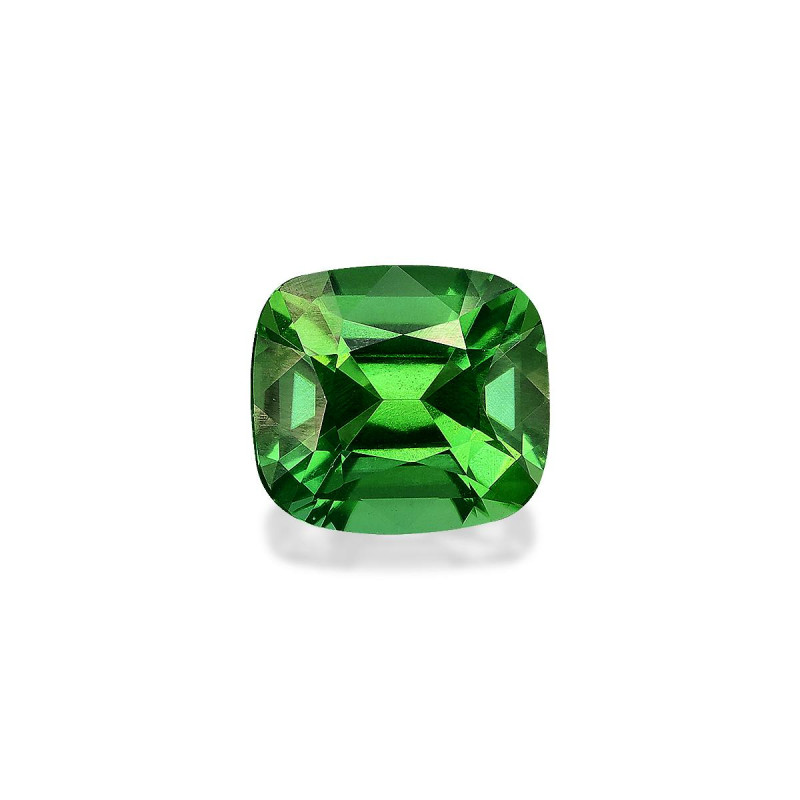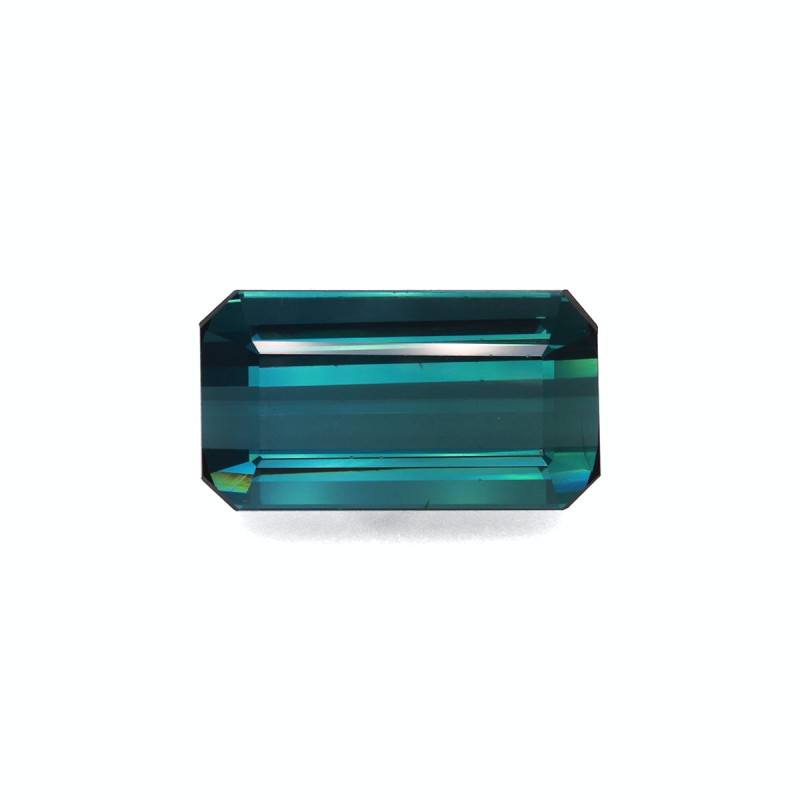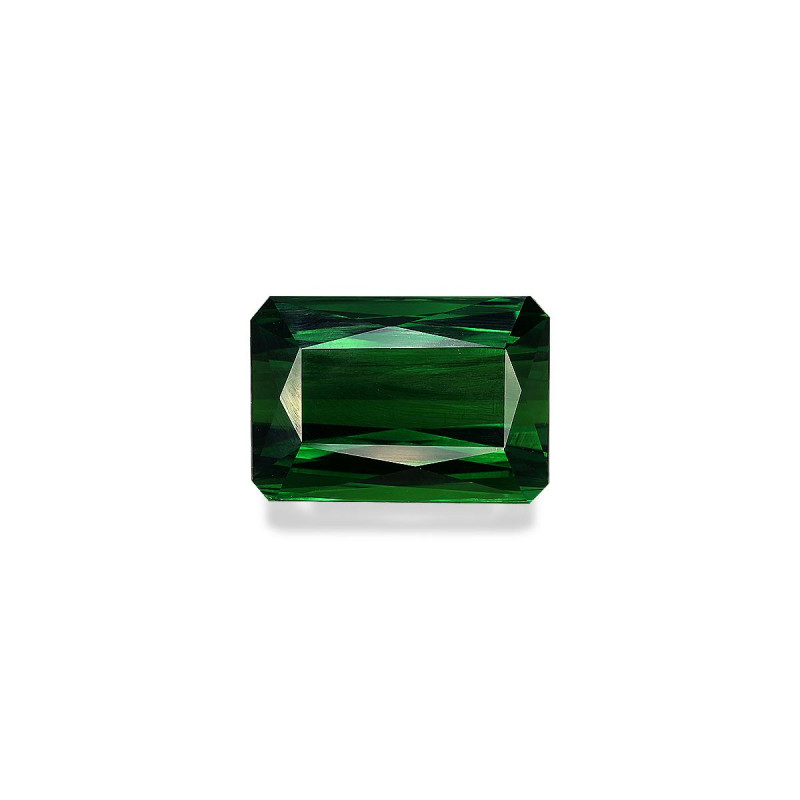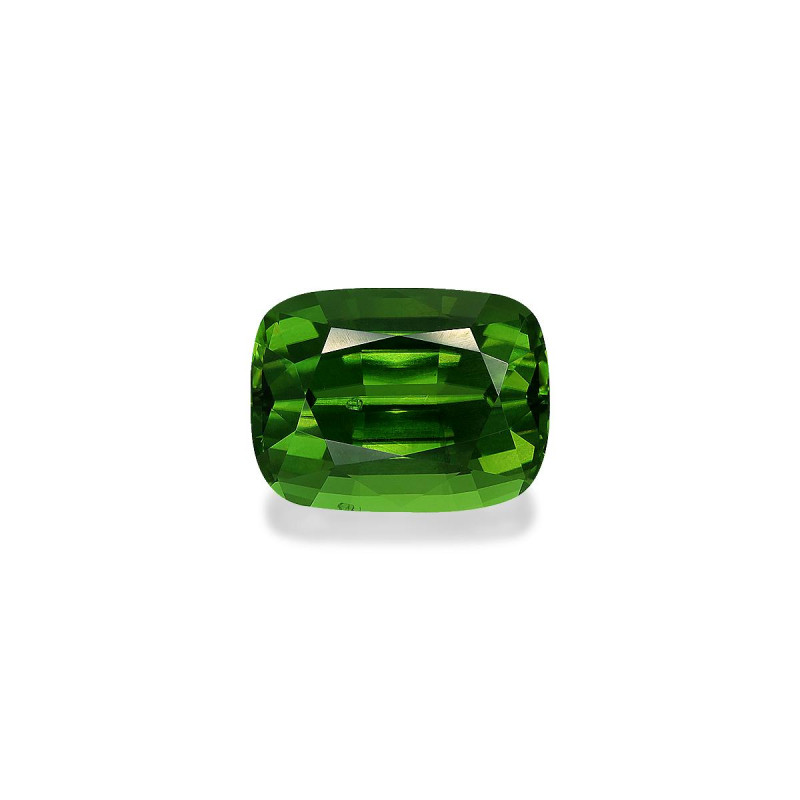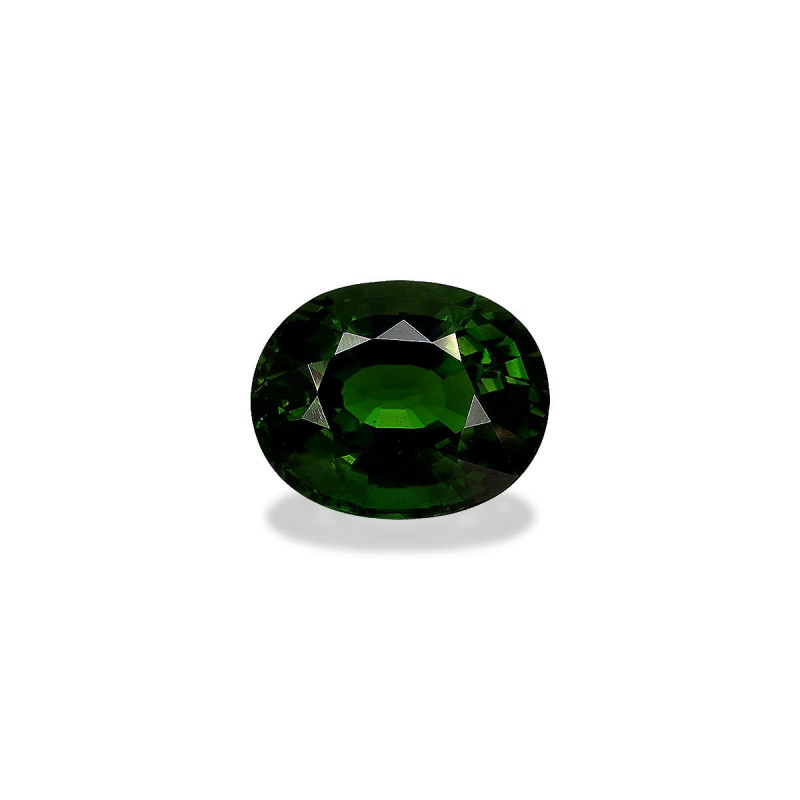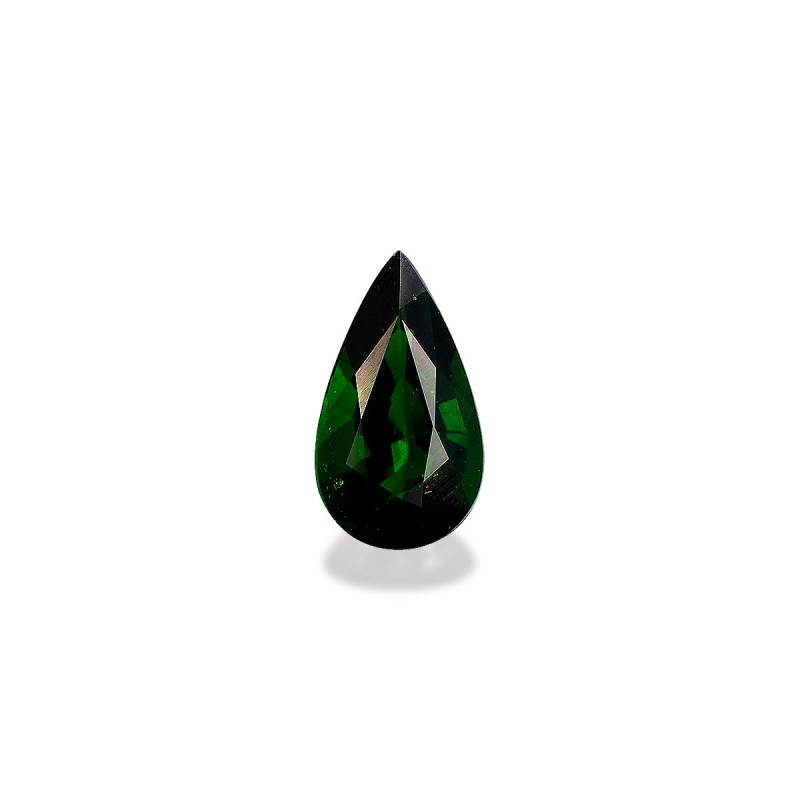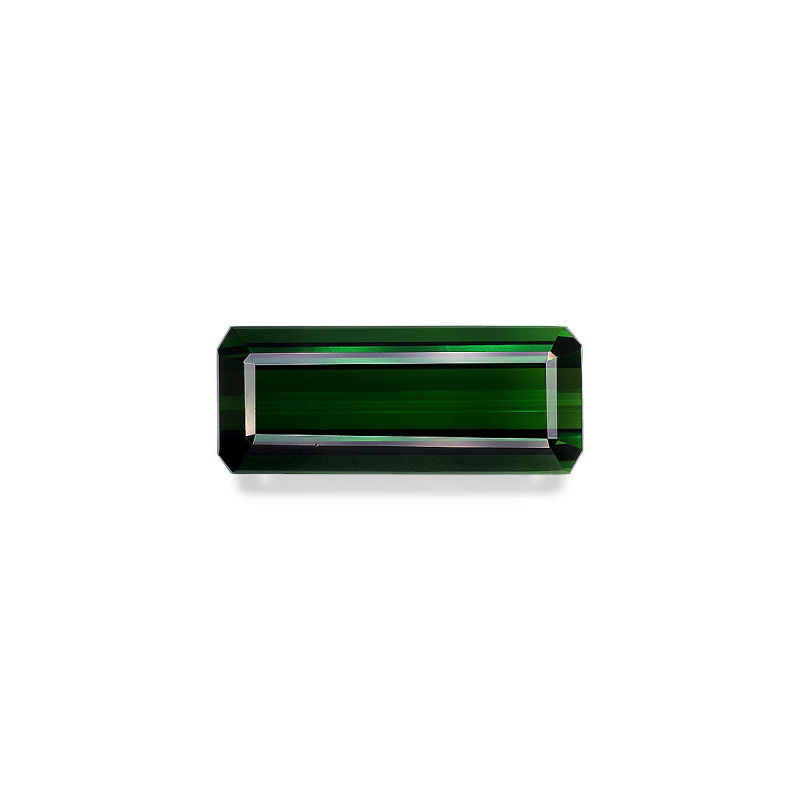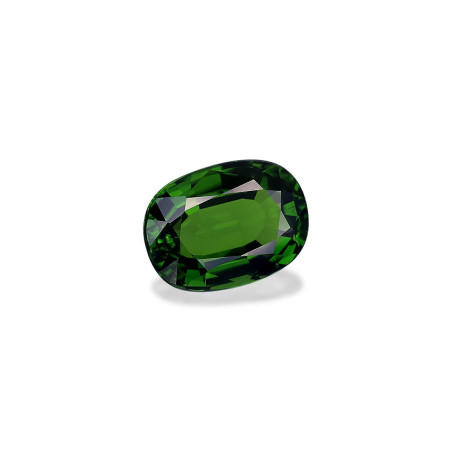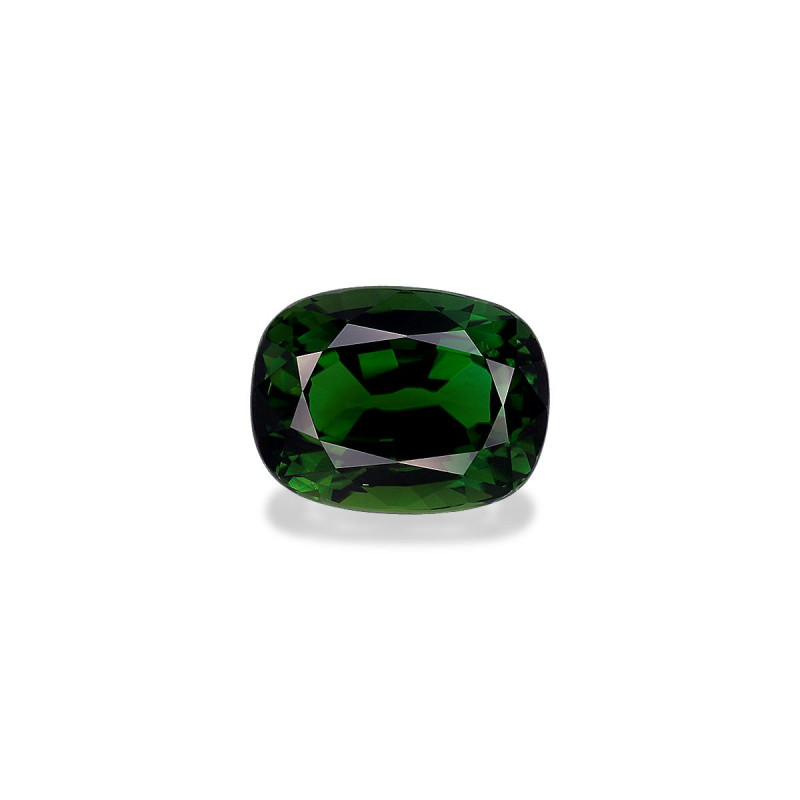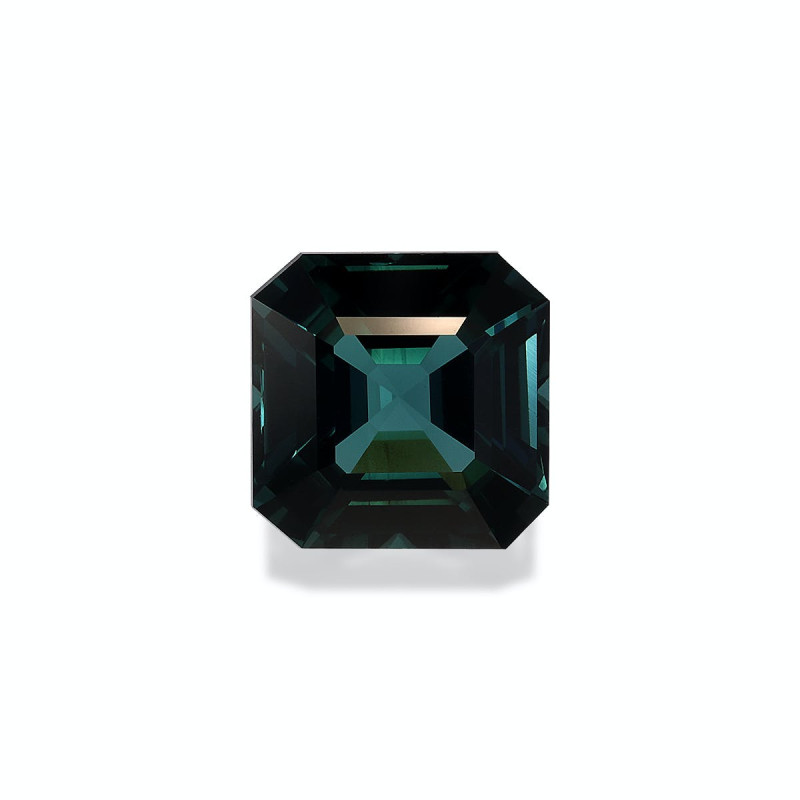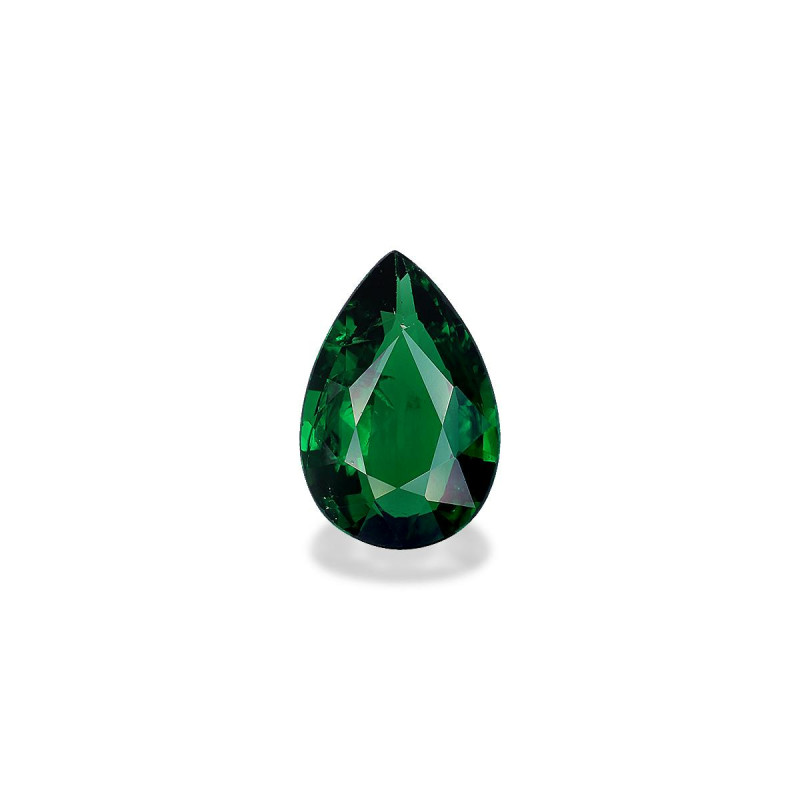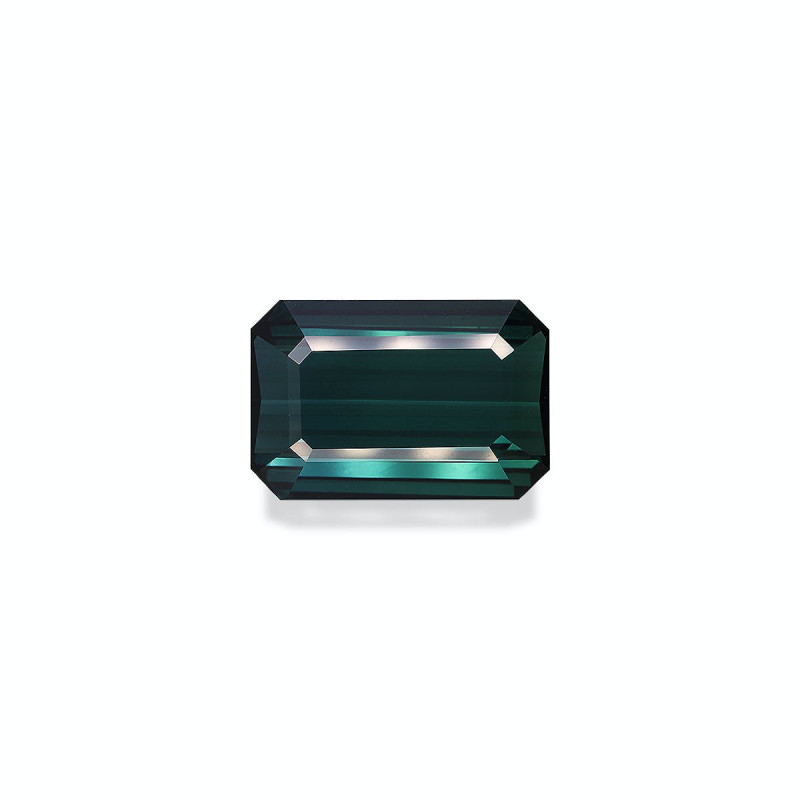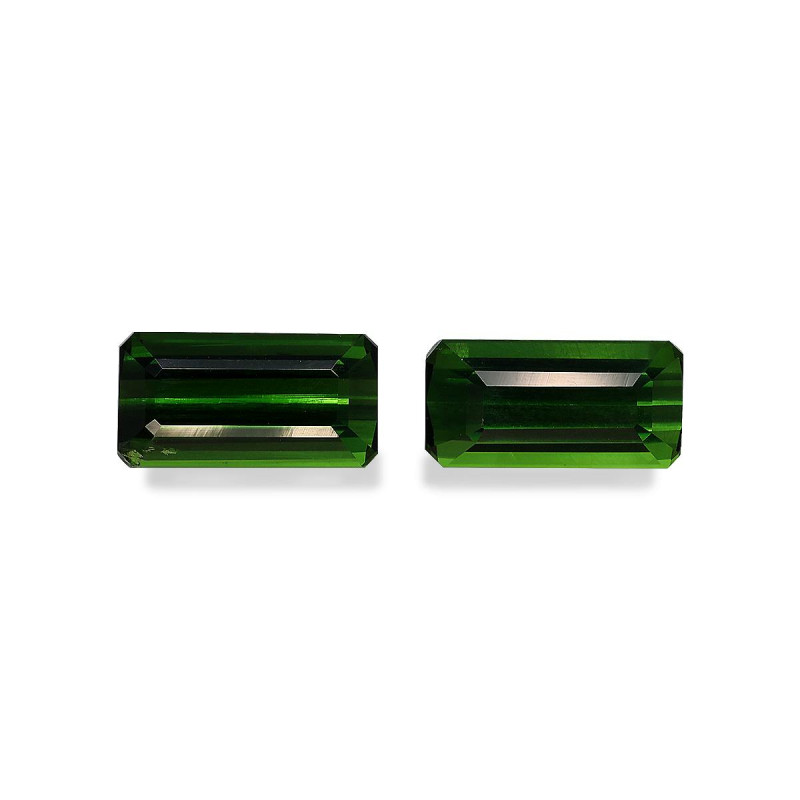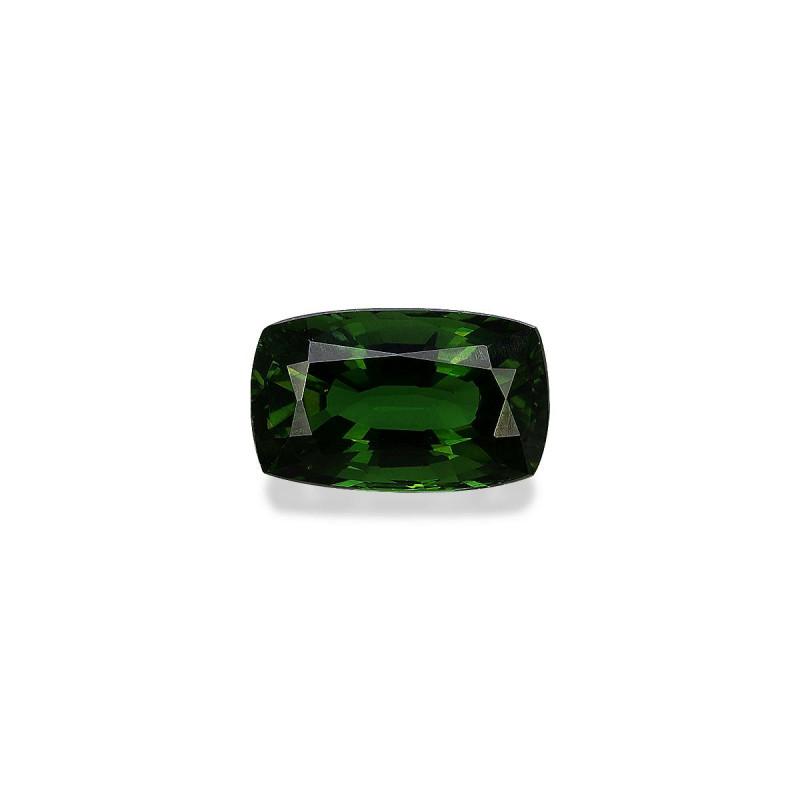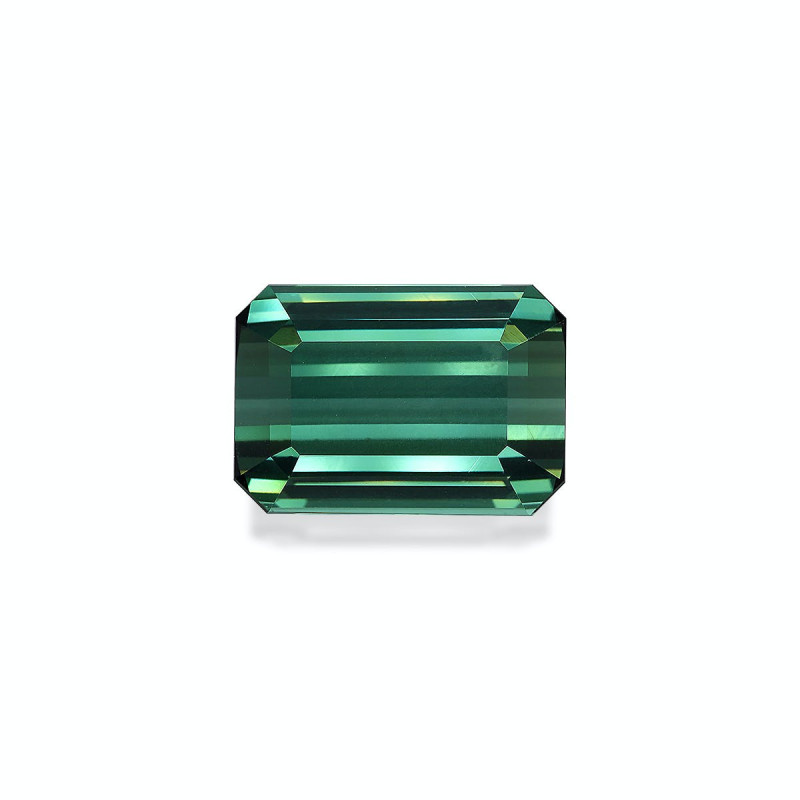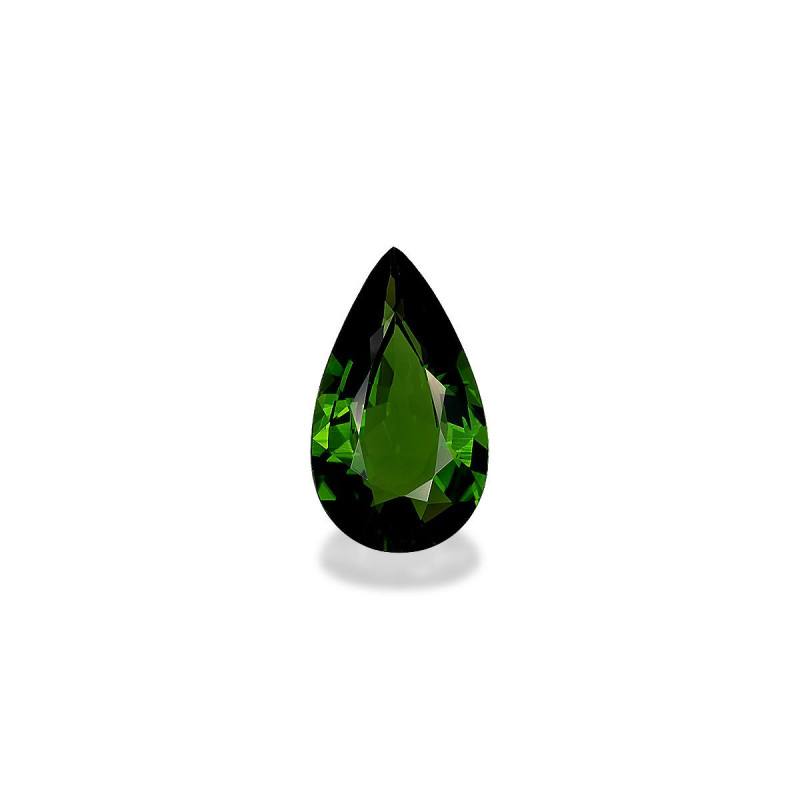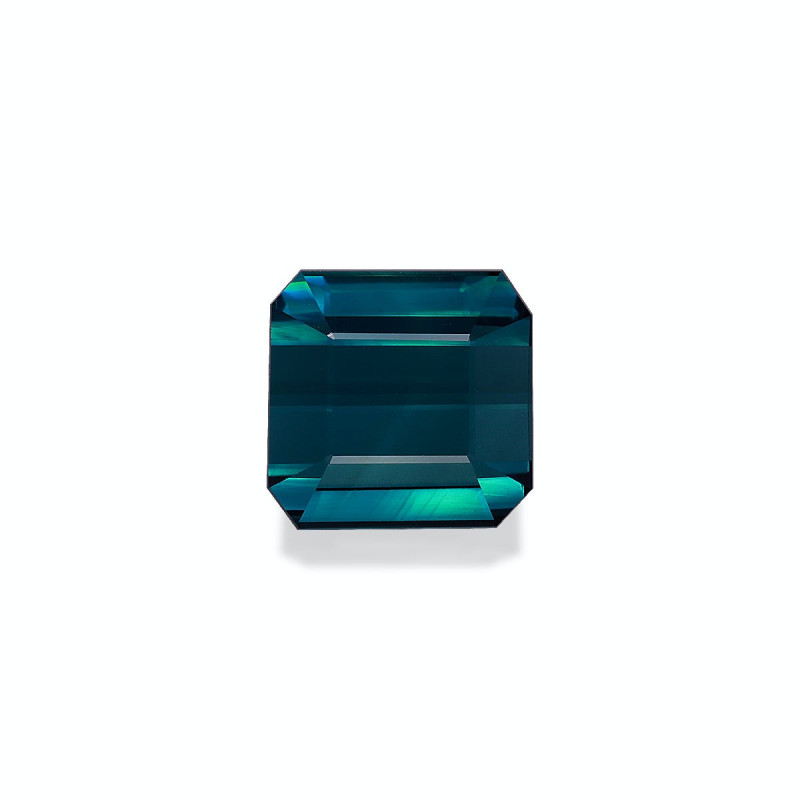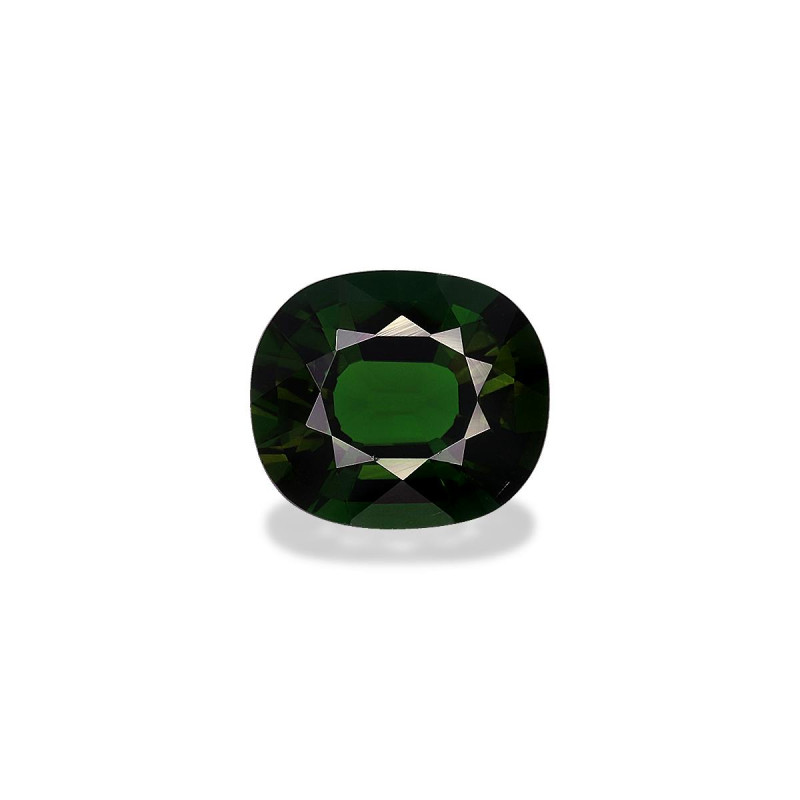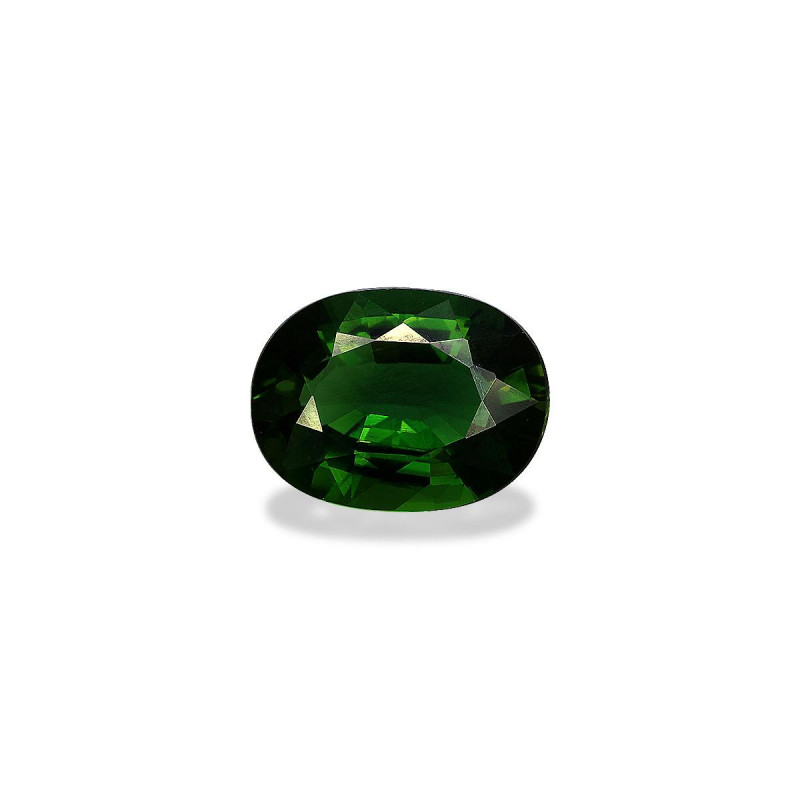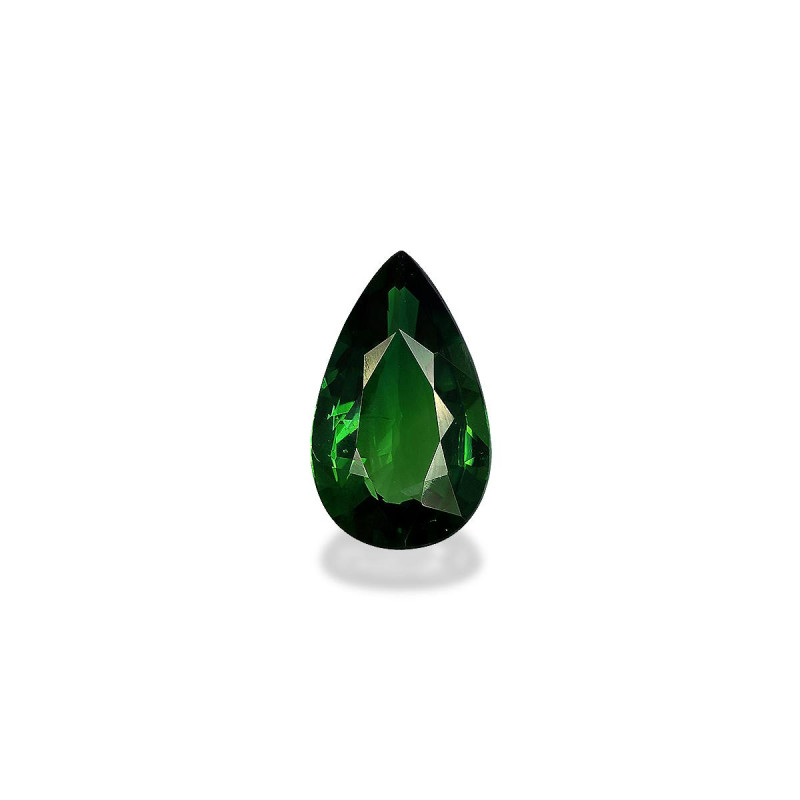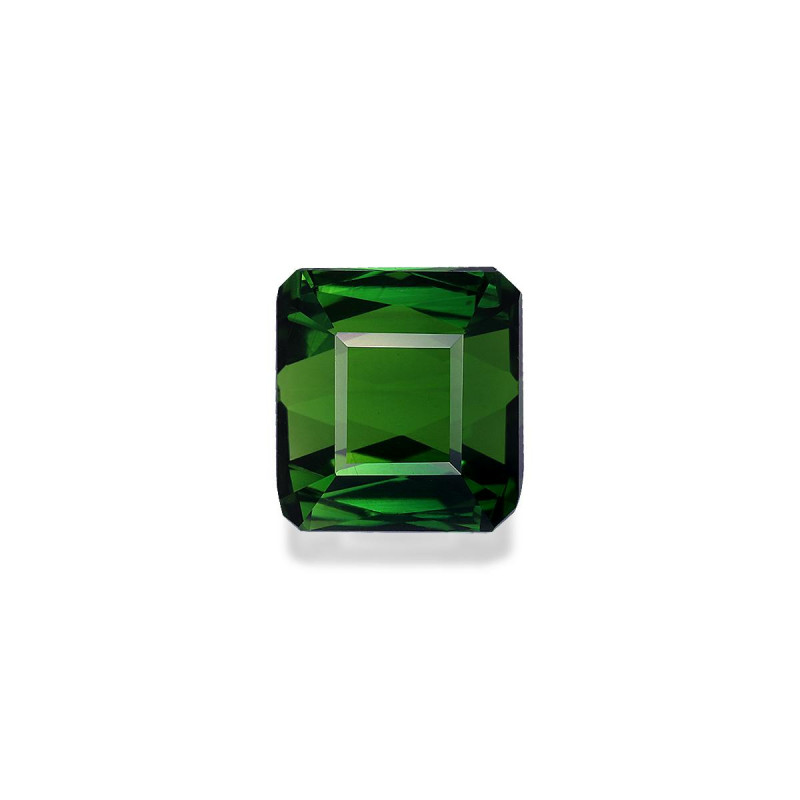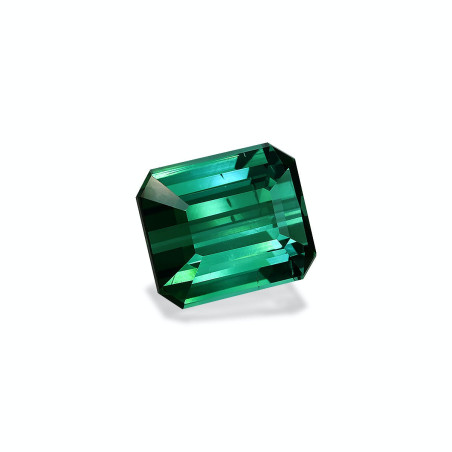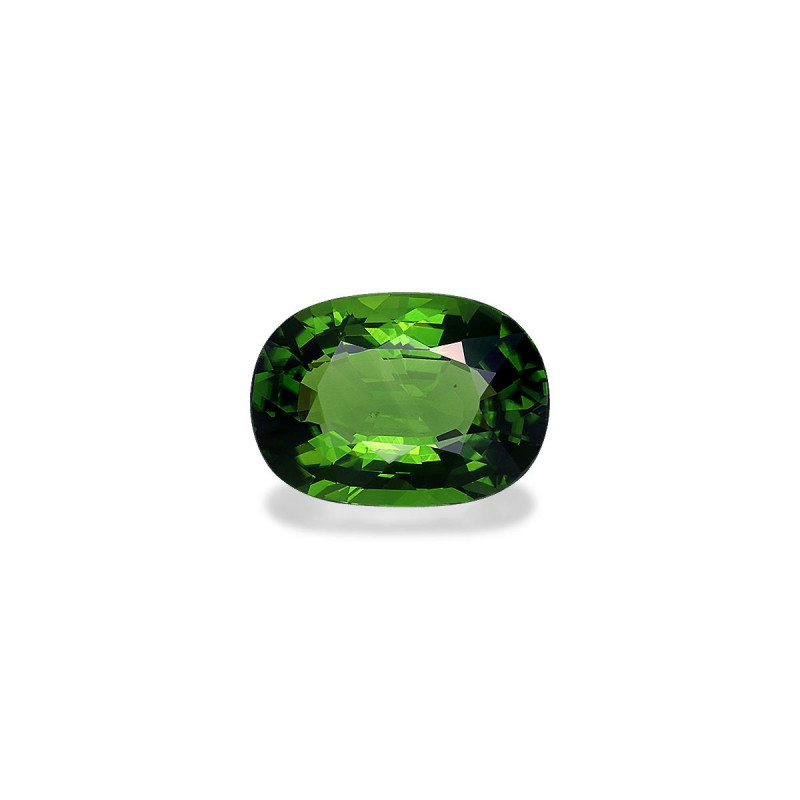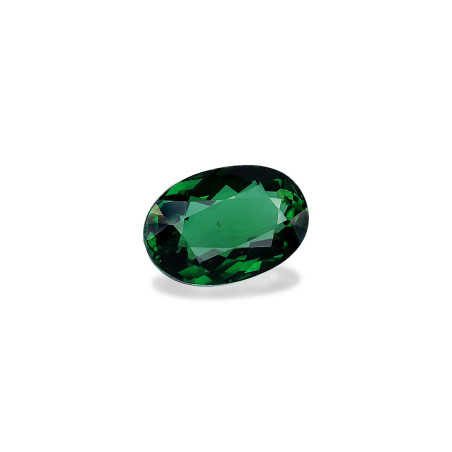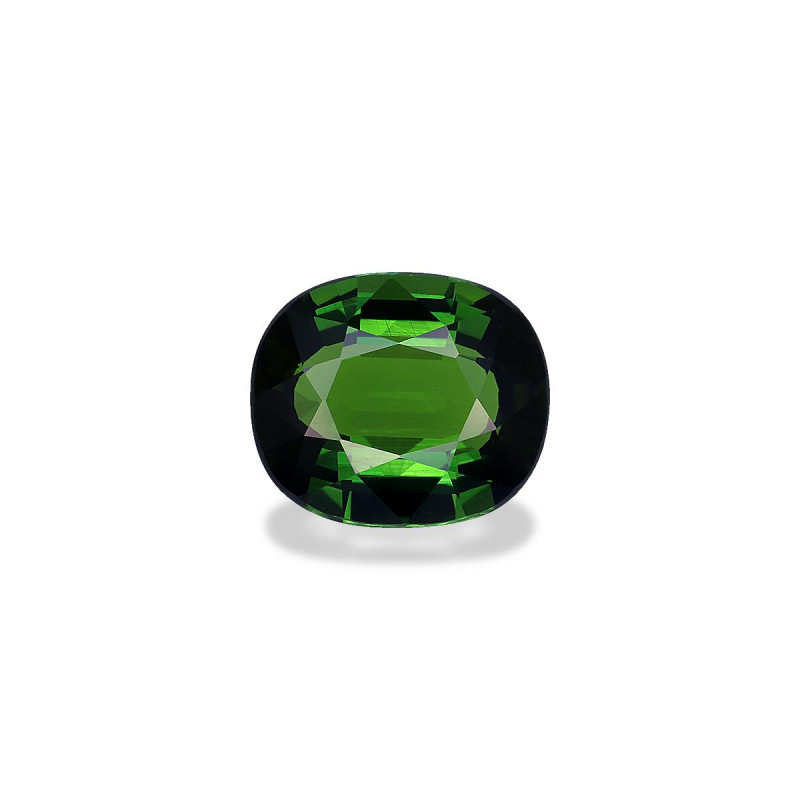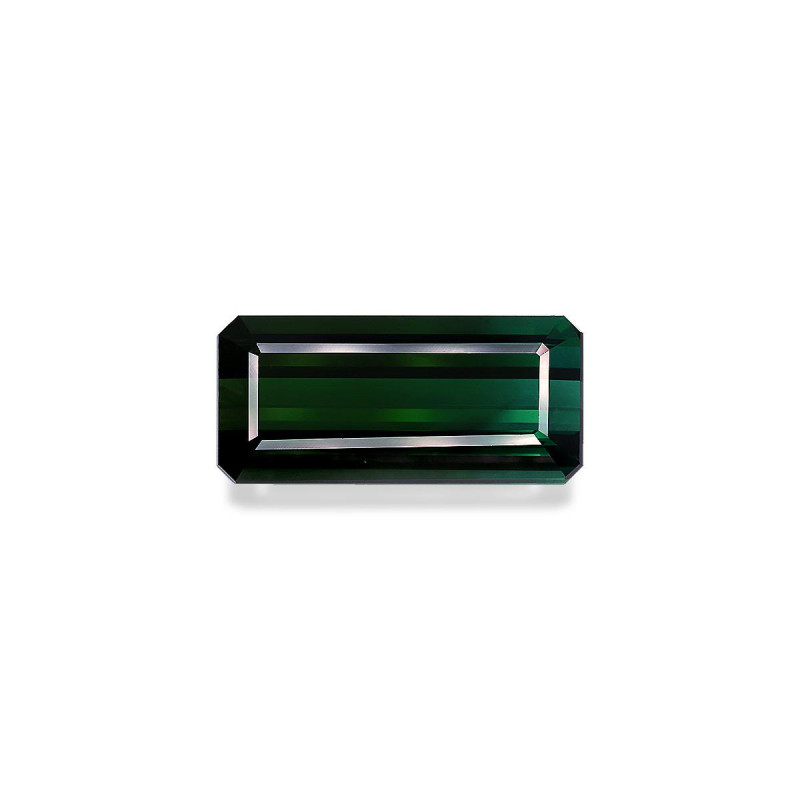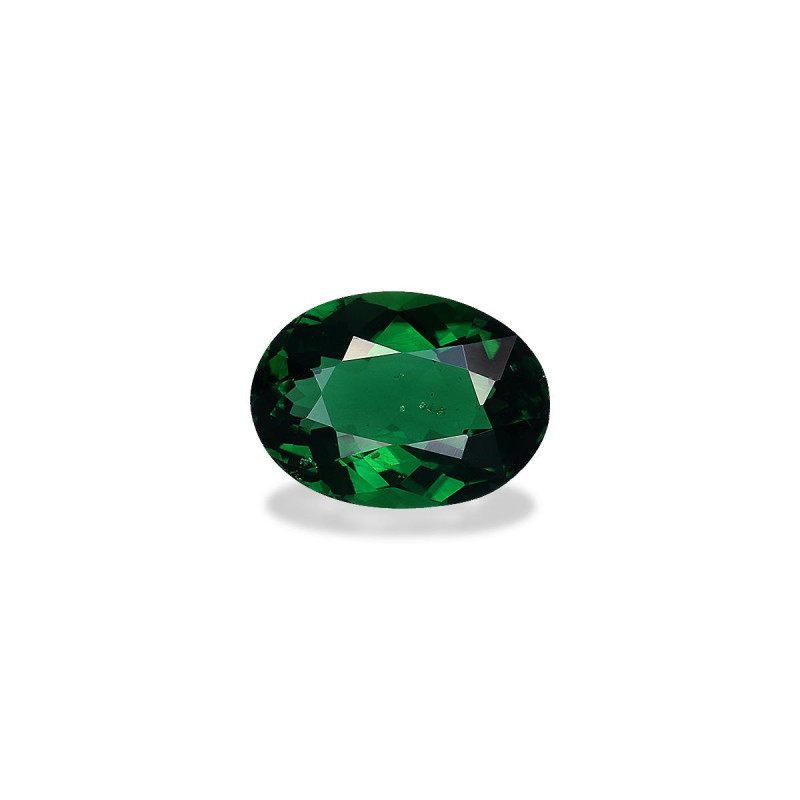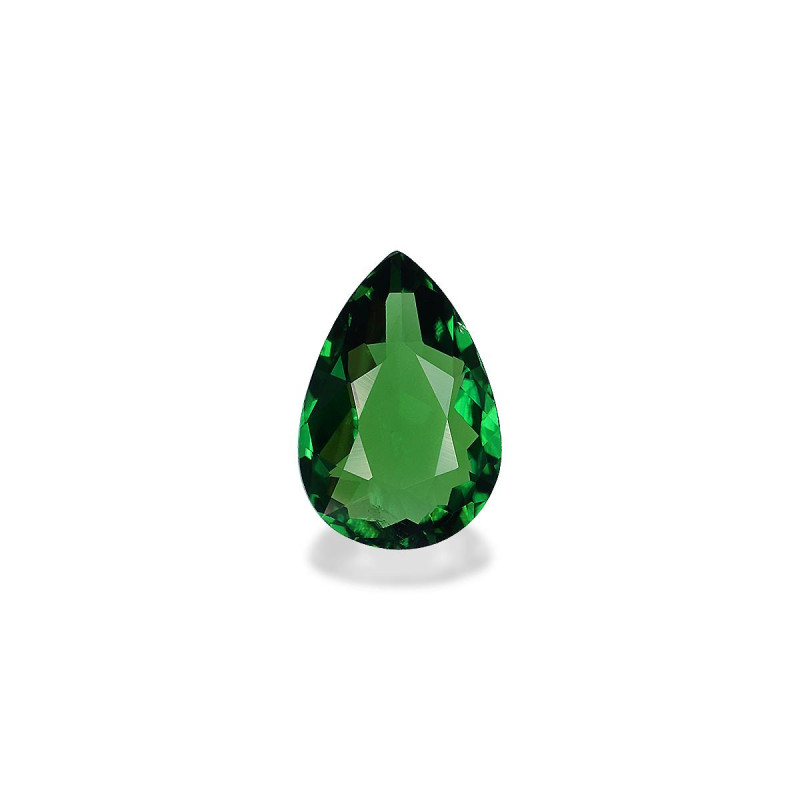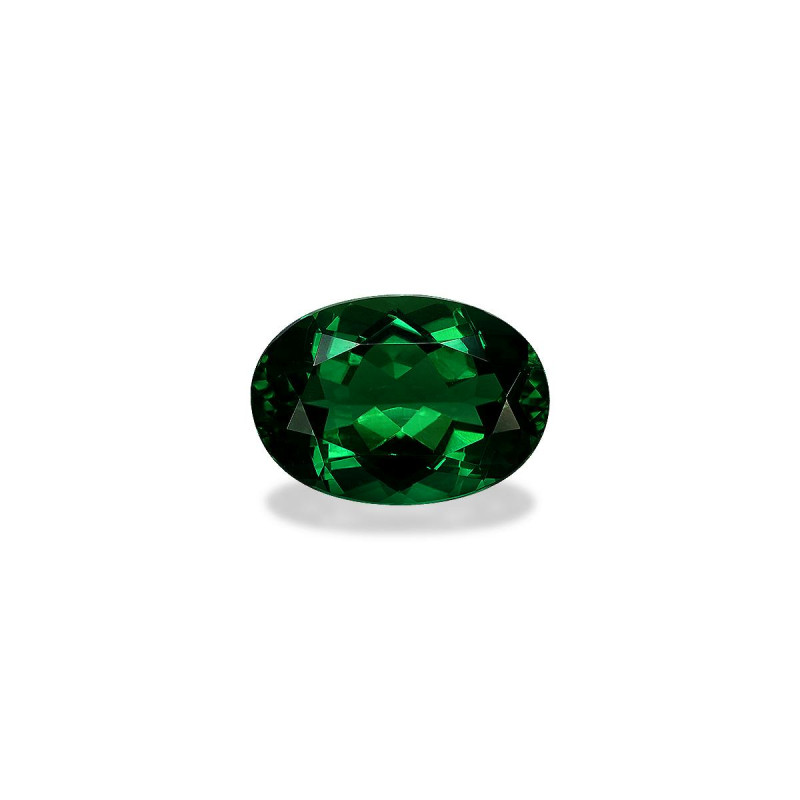-
 CUSTOMER SERVICE 7/7
CUSTOMER SERVICE 7/7
-
 LIFETIME WARRANTY
LIFETIME WARRANTY
-
 FREE DELIVERY AND RETURN
FREE DELIVERY AND RETURN
-
 SATISFIED OR REFUNDED 30 DAYS
SATISFIED OR REFUNDED 30 DAYS
-
 PAYMENT IN 10x
PAYMENT IN 10x
-
4.9/5 On Google

Tourmaline
Explore our collection of tourmaline stones, the gem with a thousand colors and fascinating properties. Browse our selection and discover the different shades of this semi-precious stone, ideal for lithotherapy or creating your own personalized jewelry.

Tourmaline
Tourmaline: The stone with a thousand colors and multiple benefits
The tourmaline is asemi-precious stone Fascinating and highly appreciated for its beauty, virtues, and energetic and protective properties. Elle is often associated with the balance of chakras and the purification of surrounding energies. Elle Comes in a wide variety of colors and shades, ranging from pink to green to black. Tourmaline jewelry, such as bracelets, earrings, and necklaces, are sought after for their aesthetics and their ability to capture surrounding energies.
You haven't provided any text to translate. Please provide the text you want to translate.
History and origin of tourmaline
The name "tourmaline" comes from the Sinhalese word "turmali", which means "stone with mixed colors". Indeed, this mineral comes in a wide variety of colors, ranging from black to pink, through green or blue.
Theophrastus, a Greek philosopher, was the first to mention a stone with the properties of tourmaline in 314 BC. J.-C. The official discovery of tourmaline, however, dates back to the 18th century in Brazil. Since then, the stone has been used for ornamental and spiritual purposes in various cultures around the world. There are numerous legends surrounding tourmaline. It is said that this stone was used by shamans and in India to protect against negative forces. Chinese Empress Tseu Hi also had a marked preference for tourmalines, particularly those of pink color.
In Europe, tourmaline was introduced in the 18th century by Dutch navigators. The stone was then primarily considered as an object of scientific curiosity. It was not until the 19th century that...elle begins to be exploited for its energy and protective properties.
Over time, tourmaline has also been used in various other cultures and civilizations, notably among the Native Americans, who used the stone for healing and strengthening their connections with nature. In ancient Egypt, tourmaline was also highly valued for its beauty and protective properties.
You haven't provided any text to translate. Please provide the text you want to translate.
Characteristics and composition of tourmaline stone
Tourmaline forms in rhombohedral crystalline systems and consists of aluminum and iron borosilicates. The variety of tourmaline colors is explained by the presence of different chemical elements in its composition. Among the most well-known varieties are pink tourmaline, rubellite, schorl (black) and watermelon tourmaline. The hardness of tourmaline is 7 to 7.5 on the Mohs scale, making it a resistant and durable stone.
Tourmaline also exhibits a piezoelectric effect, which means that itelle produces electricity whenelle is subjected to mechanical pressure. This piezoelectric effect is particularly interesting for certain industrial applications, such as the manufacture of pressure and temperature sensors.
Tourmaline is also a pyroelectric material, which means thatelle generates electricity whenelle is heated or cooled. This property is used in infrared detection devices and gas detectors, for example.
You haven't provided any text to translate. Please provide the text you want to translate.
Deposits and quality of tourmaline
Tourmaline deposits can be found in several regions of the world, notably in Brazil, Sri Lanka, Afghanistan, France, Mozambique, Europe, Kenya, Nigeria, Pakistan, Russia, Angola, Australia, Madagascar, Malawi, Italy, and Namibia. The quality of a tourmaline depends on its color, clarity, size, and weight. For example, Paraiba and Santa Rosa tourmalines are particularly rare and sought after.
Gem-quality tourmalines, that is, those used for making jewelry, must be transparent and exhibit a deep and intense color. Opaque tourmalines are generally less valuable, but they can be used for decorative applications or for making beads.
You haven't provided any text to translate. Please provide the text you want to translate.
Tourmaline in jewelry and other fields
Tourmaline is widely used in the manufacture of jewelry, such as bracelets, necklaces and earrings. Its varied colors and energetic properties make it an attractive choice for gemstone enthusiasts. Apart from jewelry, tourmaline is also used in other areas such as cosmetics, where elle is renowned for its benefits on the skin.
In jewelry making, tourmaline is often used to create unique and colorful pieces. Elle It can be cut into cabochon, faceted or beaded, and can be set in gold, silver, or platinum. Jewelry designers appreciate tourmaline for its versatility and its ability to be matched with other precious stones, such as diamonds, sapphires, or emeralds.
In cosmetics, tourmaline is incorporated into skin care products, including masks, creams and lotions. Elle is renowned for helping to improve blood circulation, eliminate toxins, and promote cell regeneration.
You haven't provided any text to translate. Please provide the text you want to translate.
Tourmaline and lithotherapy
Tourmaline is renowned for its virtues and properties in lithotherapy. Elle has a positive influence on mental health and emotional well-being. The stone acts on the balance of energies and is often used to combat negative waves and harmful vibrations. Depending on its color, tourmaline is associated with different chakras and possesses specific properties. For example, black tourmaline (schorl) is known for its ability to eliminate negative energies, while pink tourmaline is linked to the heart chakra and promotes love and compassion.
The blue tourmaline, also known as indicolite, is associated with the throat chakra and is reputed to help improve communication and self-expression. As for the yellow tourmaline, elle, is linked to the solar plexus chakra and is supposed to promote self-confidence, self-esteem, and decision-making.
In lithotherapy, tourmaline is often used in the form of tumbled stones, pebbles, or jewelry, which can be worn on the body or placed in a living or working space. The stone can also be used for meditation, by holding it in the hand or placing it on a specific chakra.
You haven't provided any text to translate. Please provide the text you want to translate.
Tourmaline and chakras
Tourmaline is known to be a powerful protective stone. Elle would have the ability to absorb negative energies and protect the wearer from harmful influences. This mineral would also be beneficial for purifying and harmonizing the energy that circulates in our body, thus promoting a better balance between our different chakras.
Black tourmaline: a protection against negative energies
Black tourmaline is particularly prized for its protective properties. Elle would be able to neutralize electromagnetic waves and create a protective shield against negative energies. By wearing this stone on oneself or using it during meditations, elle would contribute to preserving our physical and mental well-being.
Green tourmaline: an ally for the heart chakra
The green tourmaline is considered a healing and soothing stone. Thanks to its color, elle is associated with the heart chakra and is believed to promote love, compassion, and tolerance. This stone is also thought to help dissipate emotional blockages and release accumulated tensions.
The pink tourmaline: a stone of love and creativity
The pink tourmaline is highly appreciated for its impact on the emotional and affective level. Elle symbolizes unconditional love and tenderness, while stimulating creativity and imagination. Elle would be particularly suitable for supporting people going through a difficult time emotionally, or for strengthening the bond within a couple.
You haven't provided any text to translate. Please provide the text you want to translate.
Maintenance and purification of the tourmaline stone
In order to preserve the virtues of your tourmaline, it is essential to take care of it.elle and to recharge it regularly. Here are some tips for maintaining and recharging your stone:
- Regularly clean your tourmaline with warm water and mild soap. Avoid harsh chemicals that could alter the quality of the stone.
- To recharge your tourmaline, expose it to sunlight or moonlight for a few hours. The stone will thus absorb natural energy and regain all its power.
- You can also place your tourmaline on an amethyst or quartz geode to recharge it energetically.
- To preserve the energy of your stone, it is also recommended to keep it in a dry place and away from direct sunlight when you are not using it.
You haven't provided any text to translate. Please provide the text you want to translate.
Tourmaline in culture and popular beliefs
Tourmaline is present in many cultures and beliefs around the world. For example, in Native American culture, tourmaline was often used for protection and healing, especially to relieve pain and ailments. Shamans also used tourmaline in their rituals and to communicate with spirits.
In the Middle Ages, tourmaline was sometimes used as a talisman to protect travelers from dangers and evil spirits. In Asia, tourmaline was used for meditation and reflection, as it was believed thatelle could help achieve spiritual enlightenment and wisdom.
You haven't provided any text to translate. Please provide the text you want to translate.
Tourmaline in art and fashion
Tourmaline is often used in art and fashion for its beauty and diversity of colors. Elle is frequently used to create unique and elegant jewelry, such as rings, pendants, and brooches. Tourmaline jewelry is often chosen for its aesthetics and its ability to capture surrounding energies.
Designers and artists also appreciate tourmaline for its aesthetic qualities, and elle is often incorporated into art objects, sculptures, and decorative items. Stone can also be used to create mosaics and stained glass, thus adding a touch of color and beauty to any piece of art.
You haven't provided any text to translate. Please provide the text you want to translate.
Tourmaline is a fascinating stone with multiple colors and properties. Whether it's for its virtues in lithotherapy, its connection with the chakras, its use in jewelry making, or its presence in culture and popular beliefs, tourmaline is captivating because of its beauty and benefits. Its deposits distributed all over the world, especially in Sri Lanka, Brazil, Afghanistan, and Madagascar, attest to its importance and rarity.
By taking care of the stone and purifying it regularly, it is possible to fully enjoy its virtues and beneficial energies. Tourmaline is a true treasure of nature that continues to fascinate and inspire gemstone enthusiasts, artists, therapists, and researchers around the world.





















